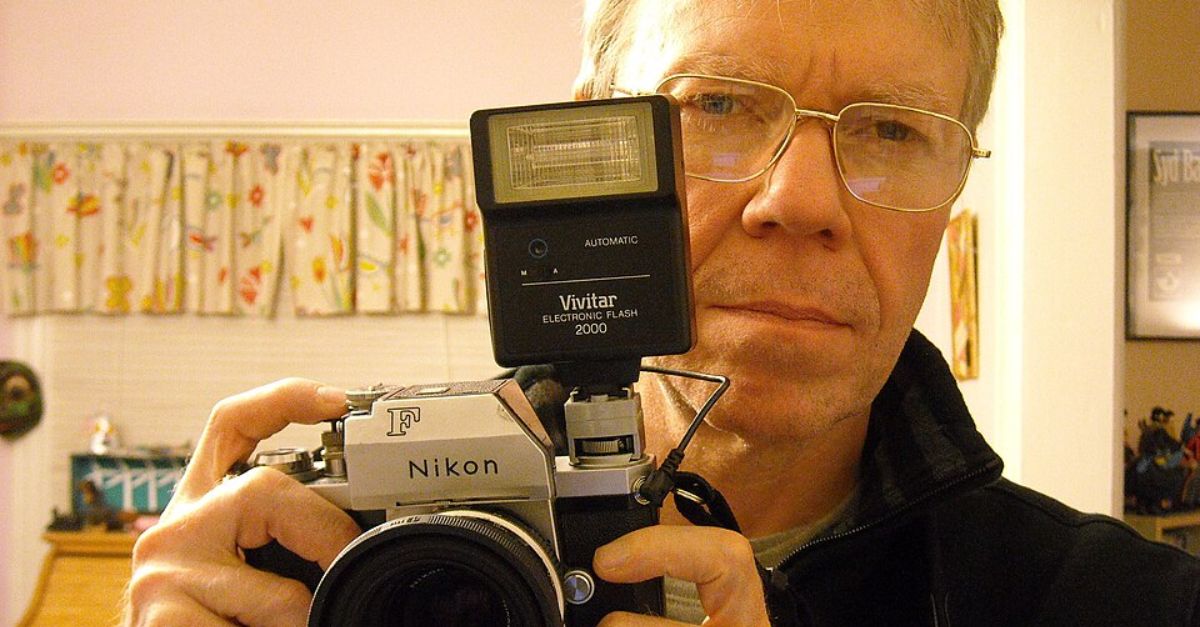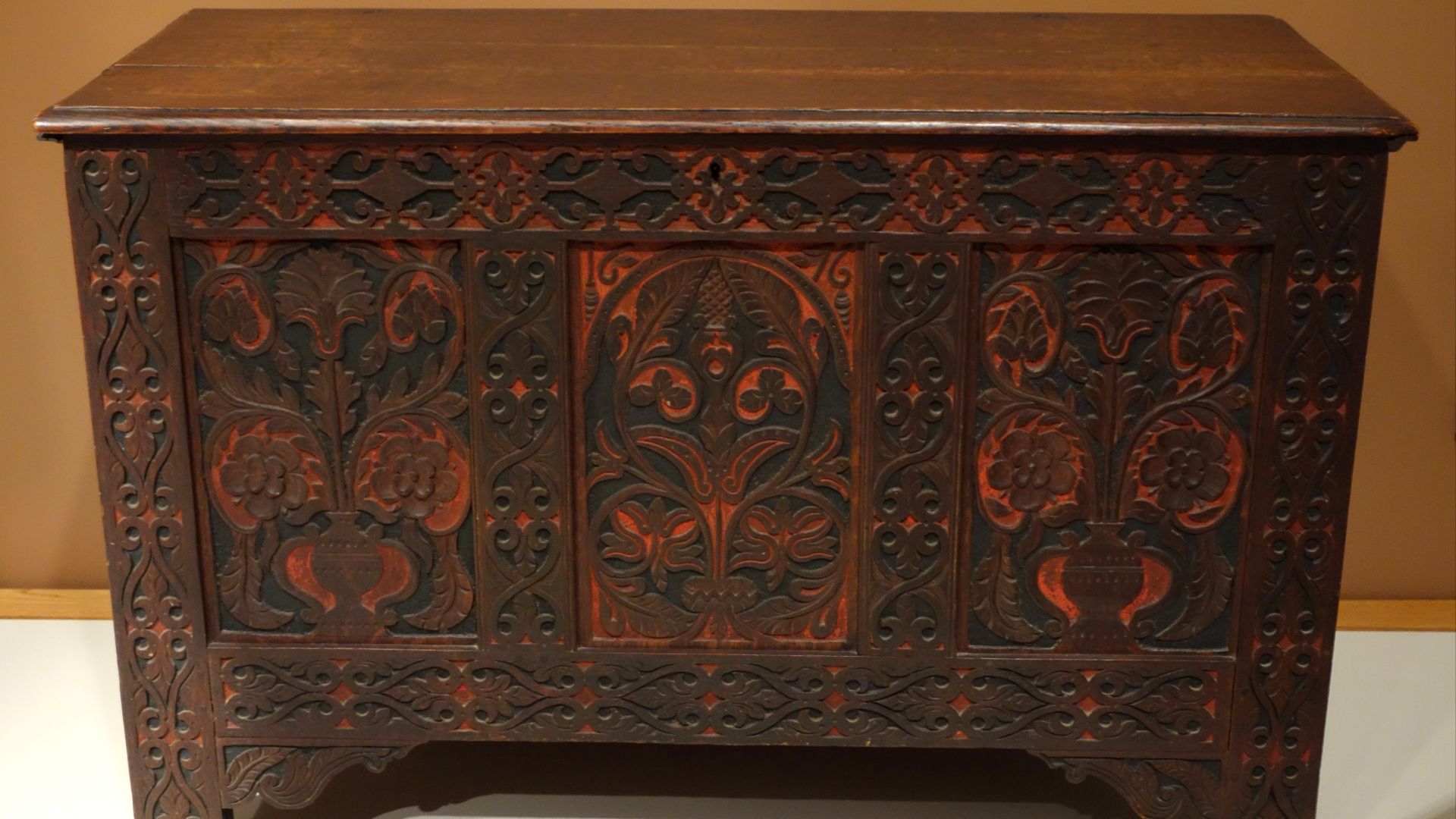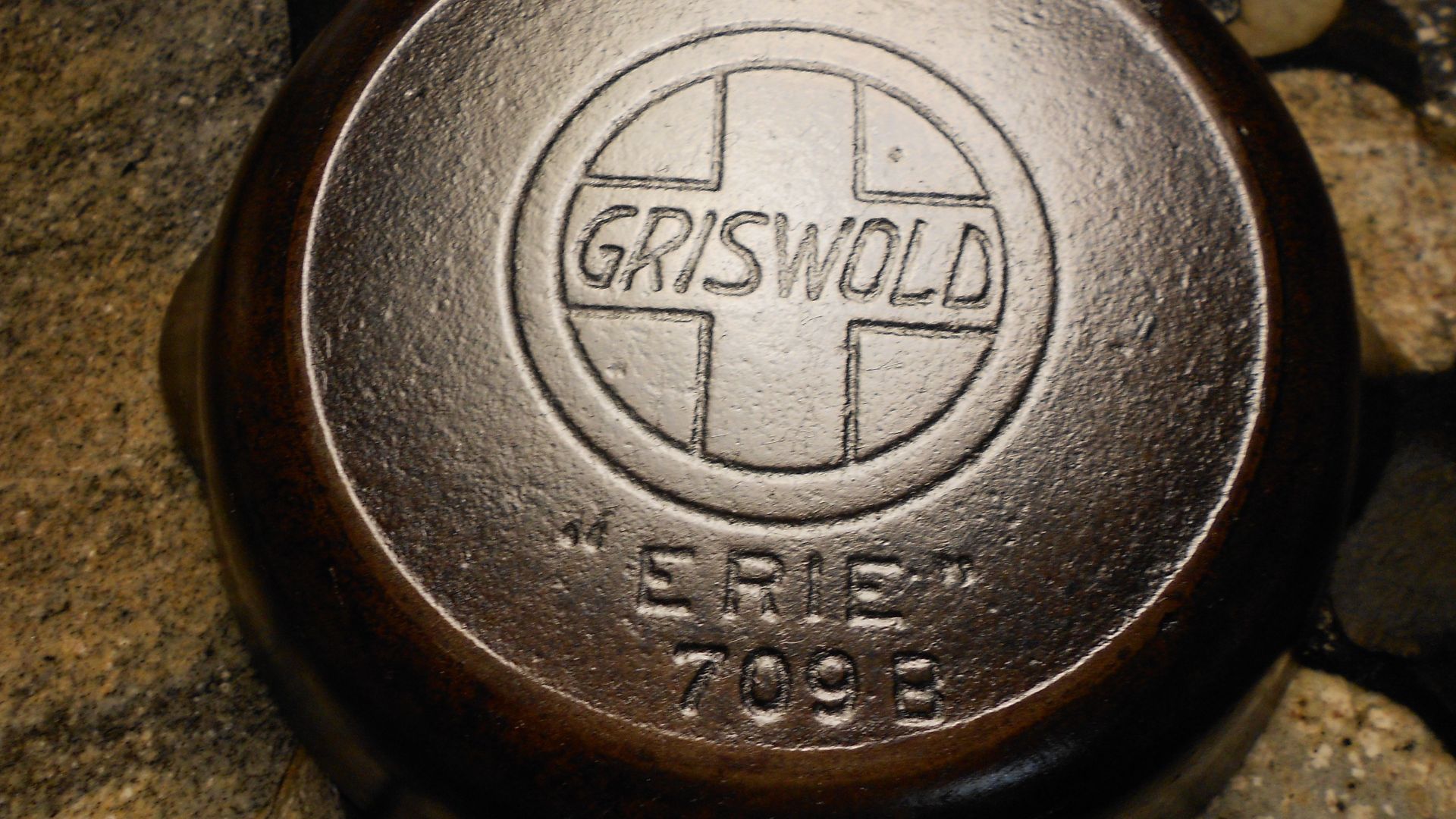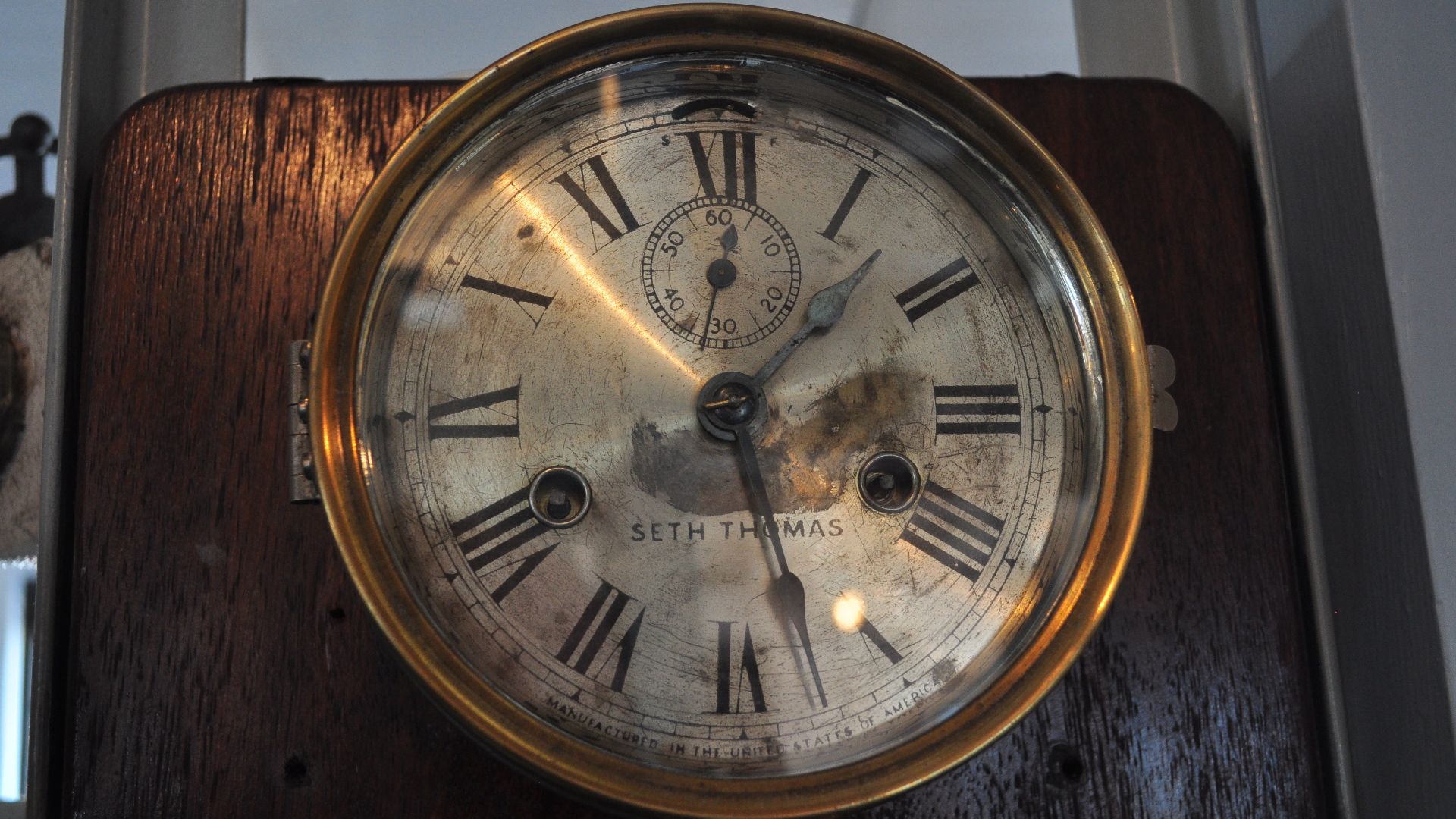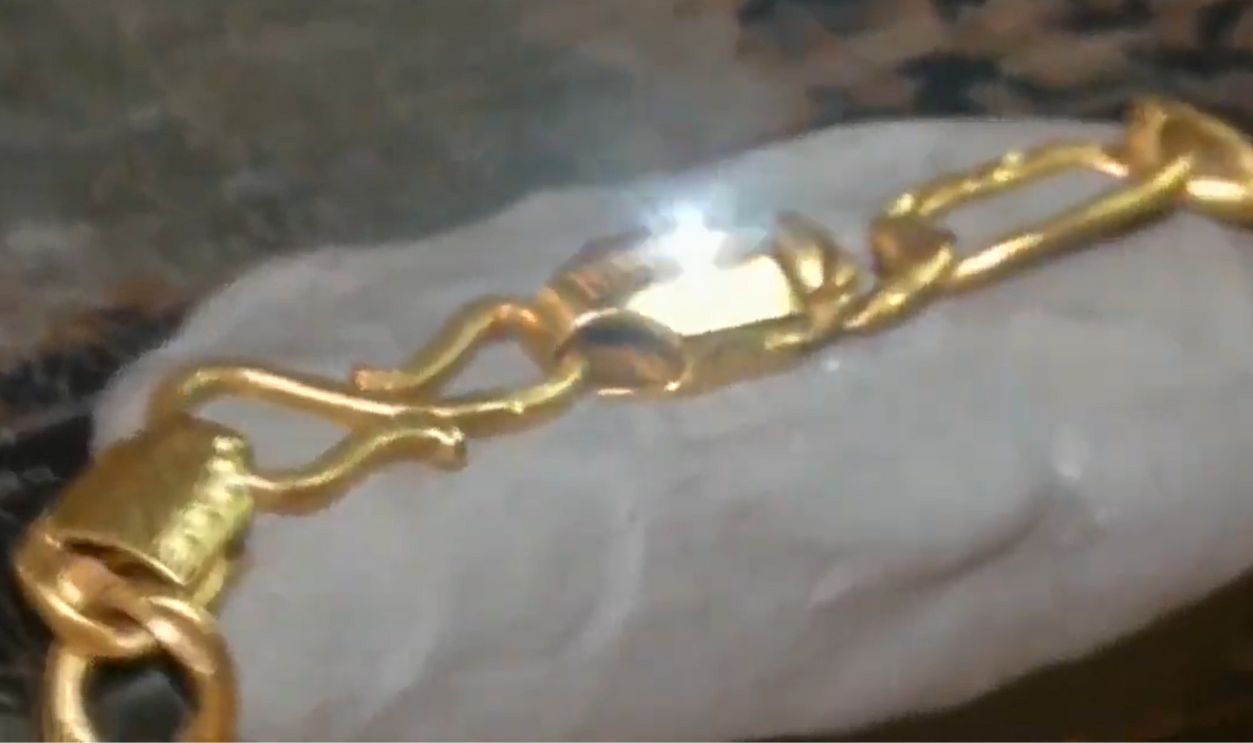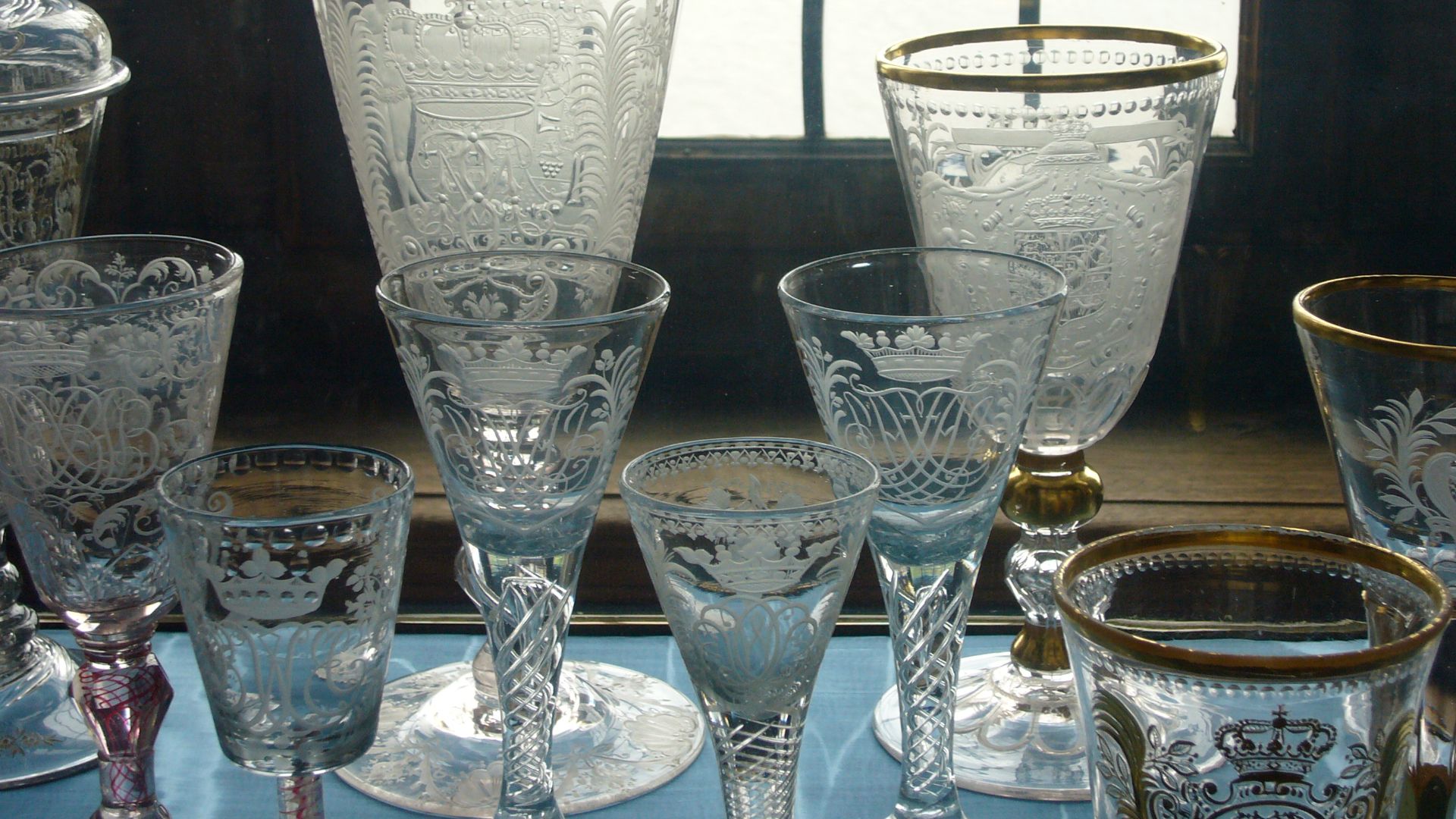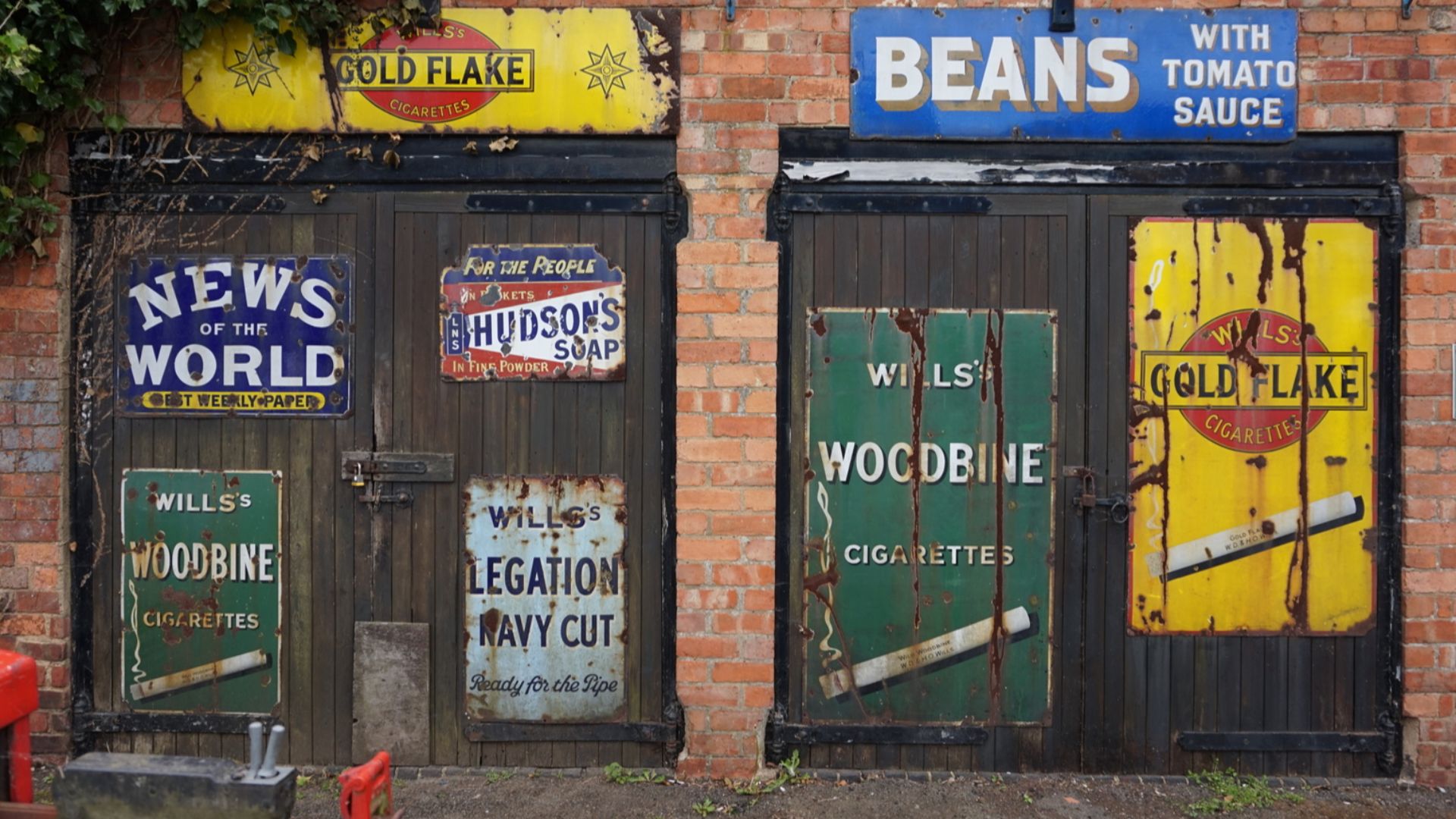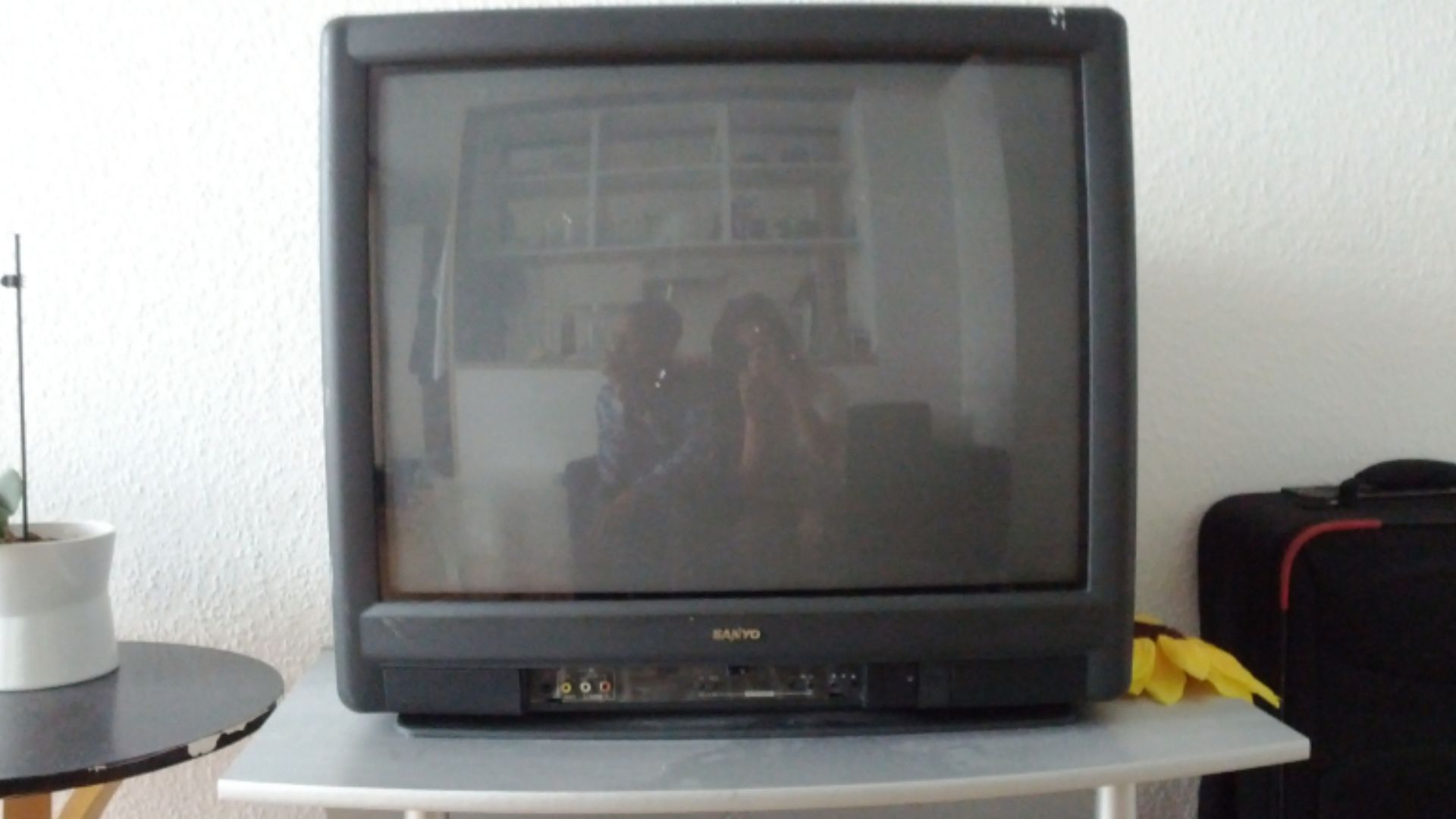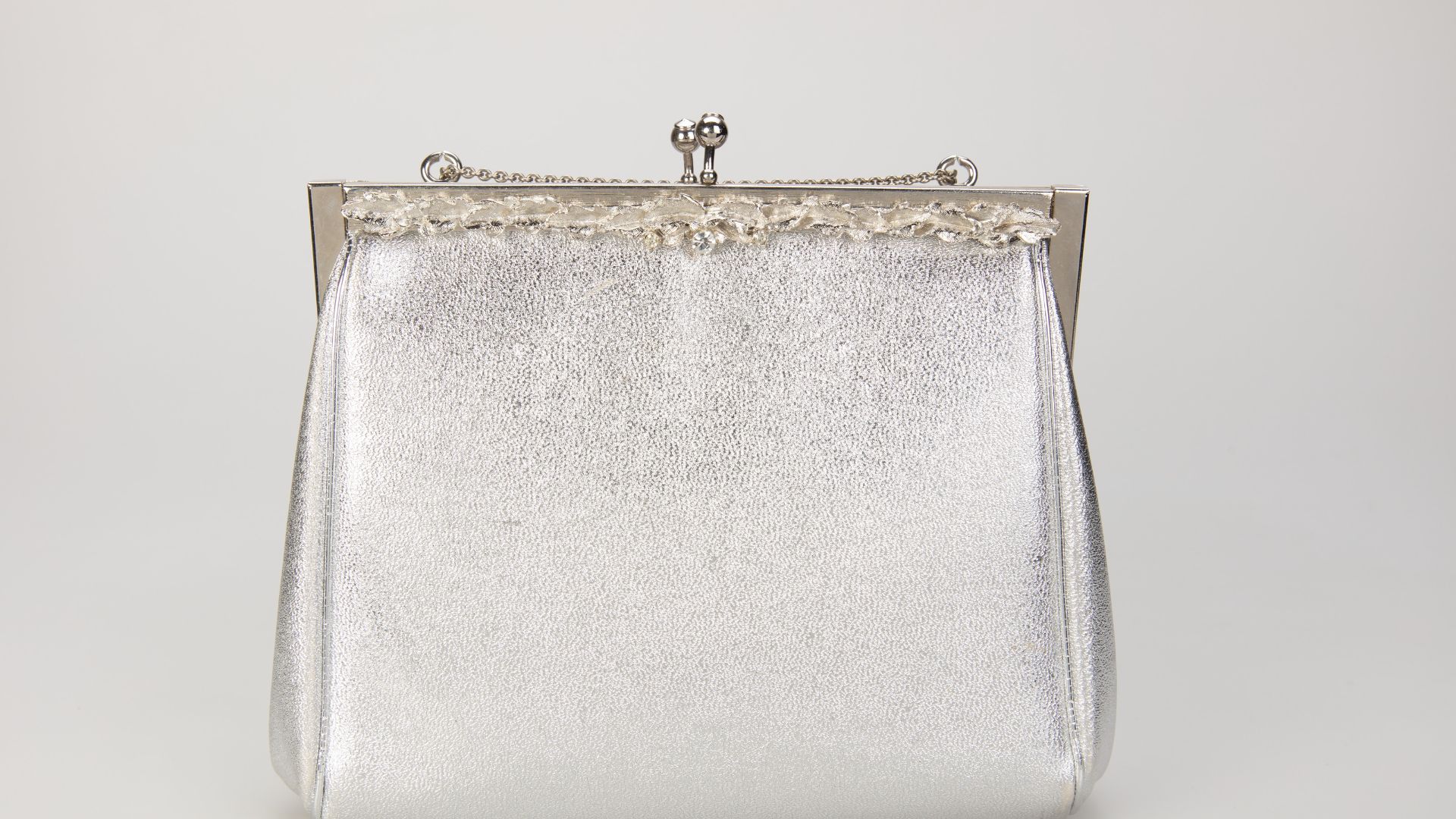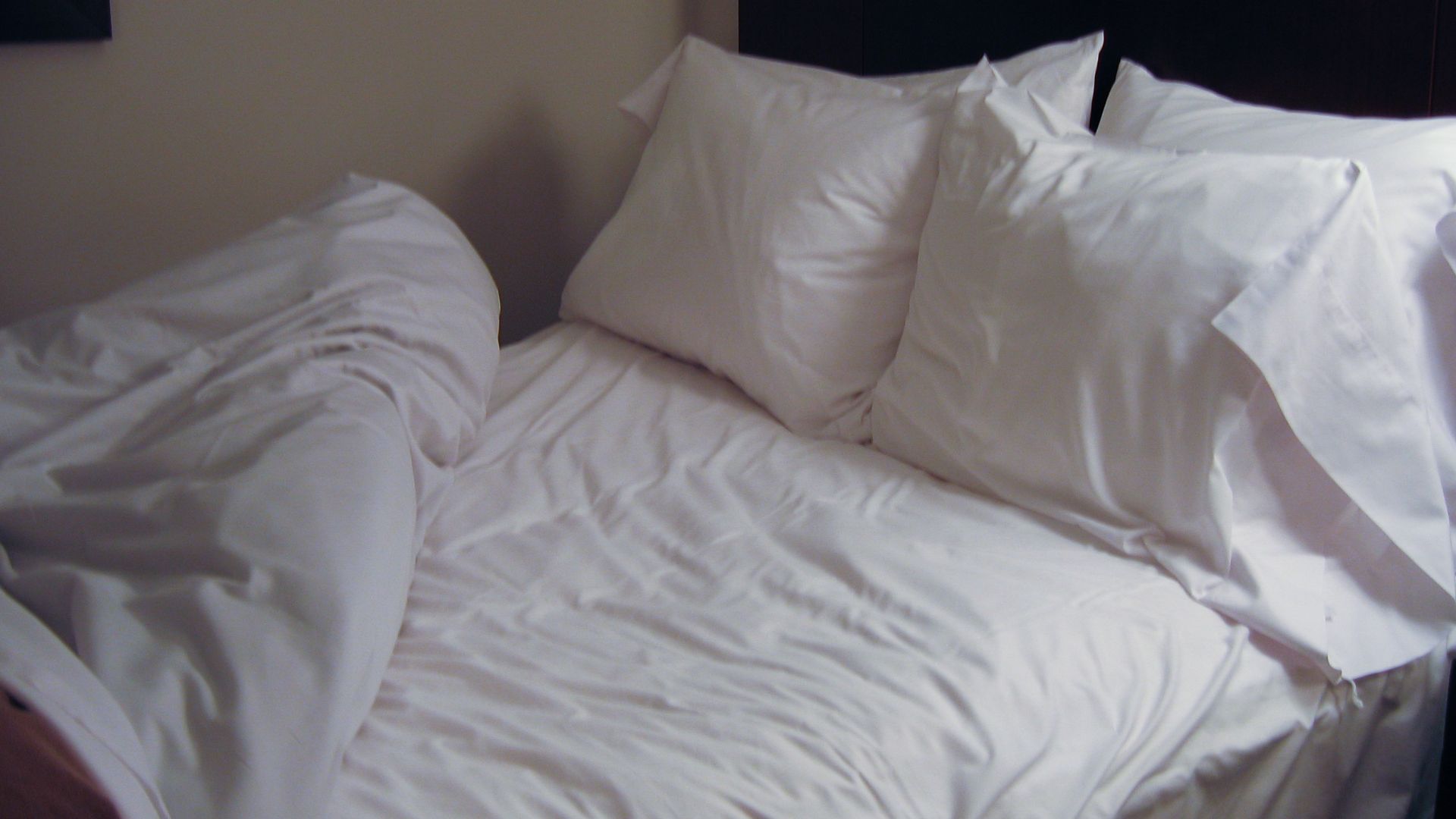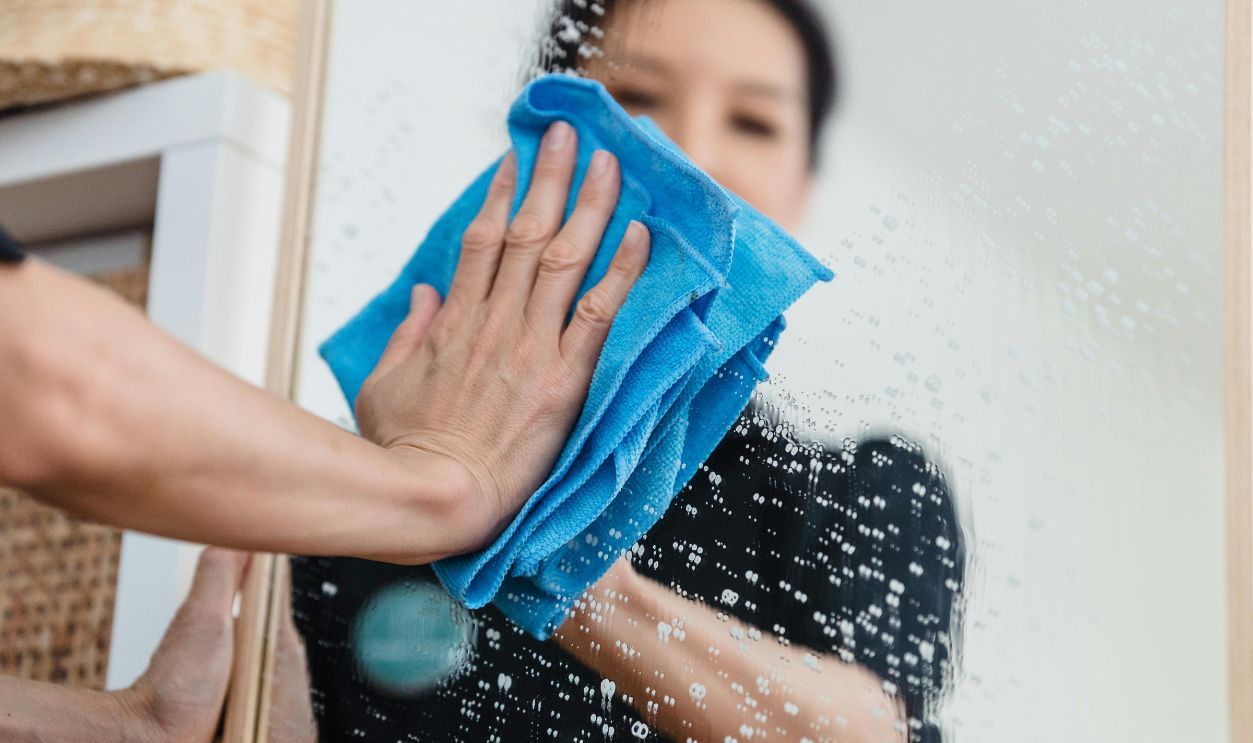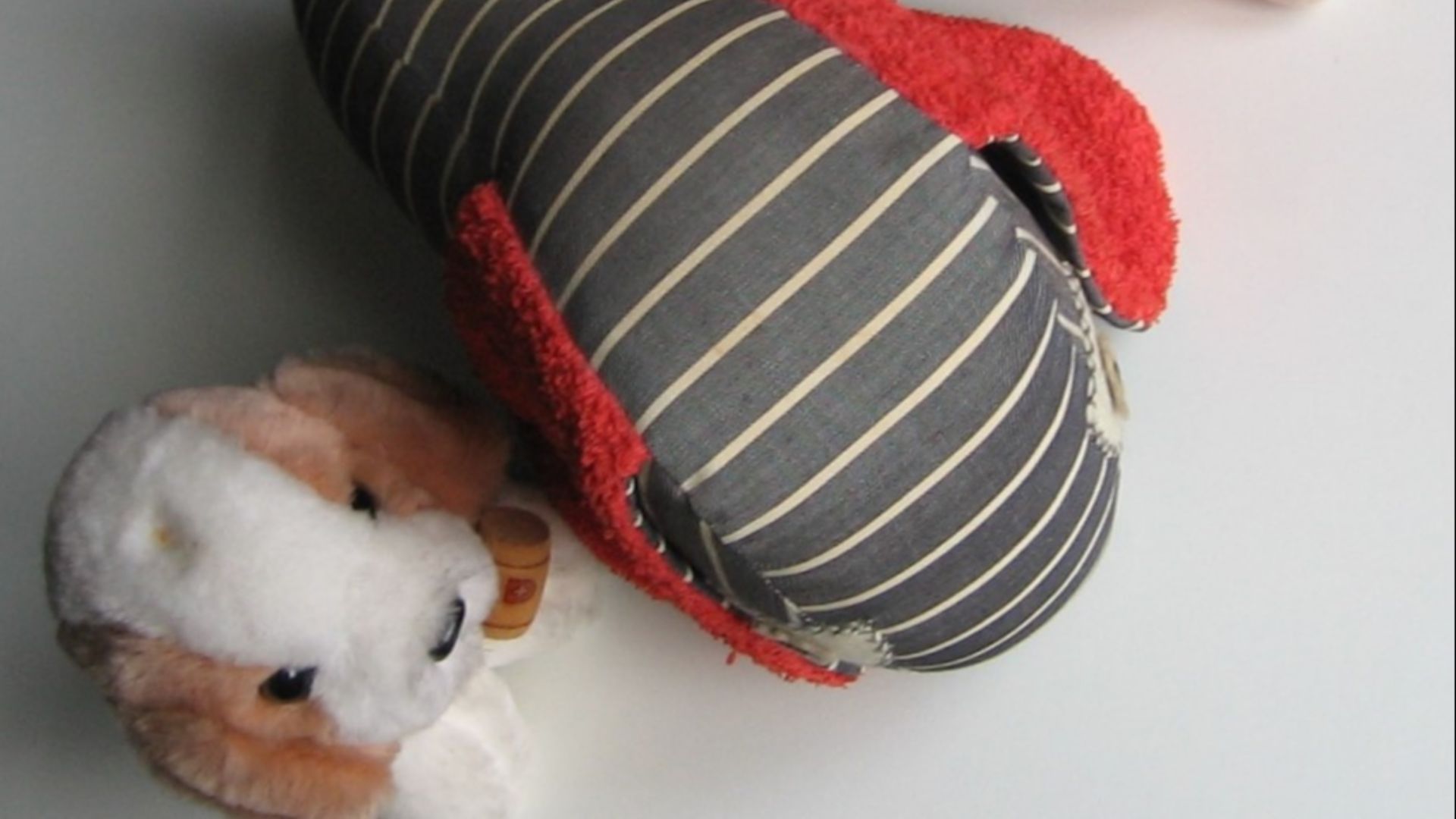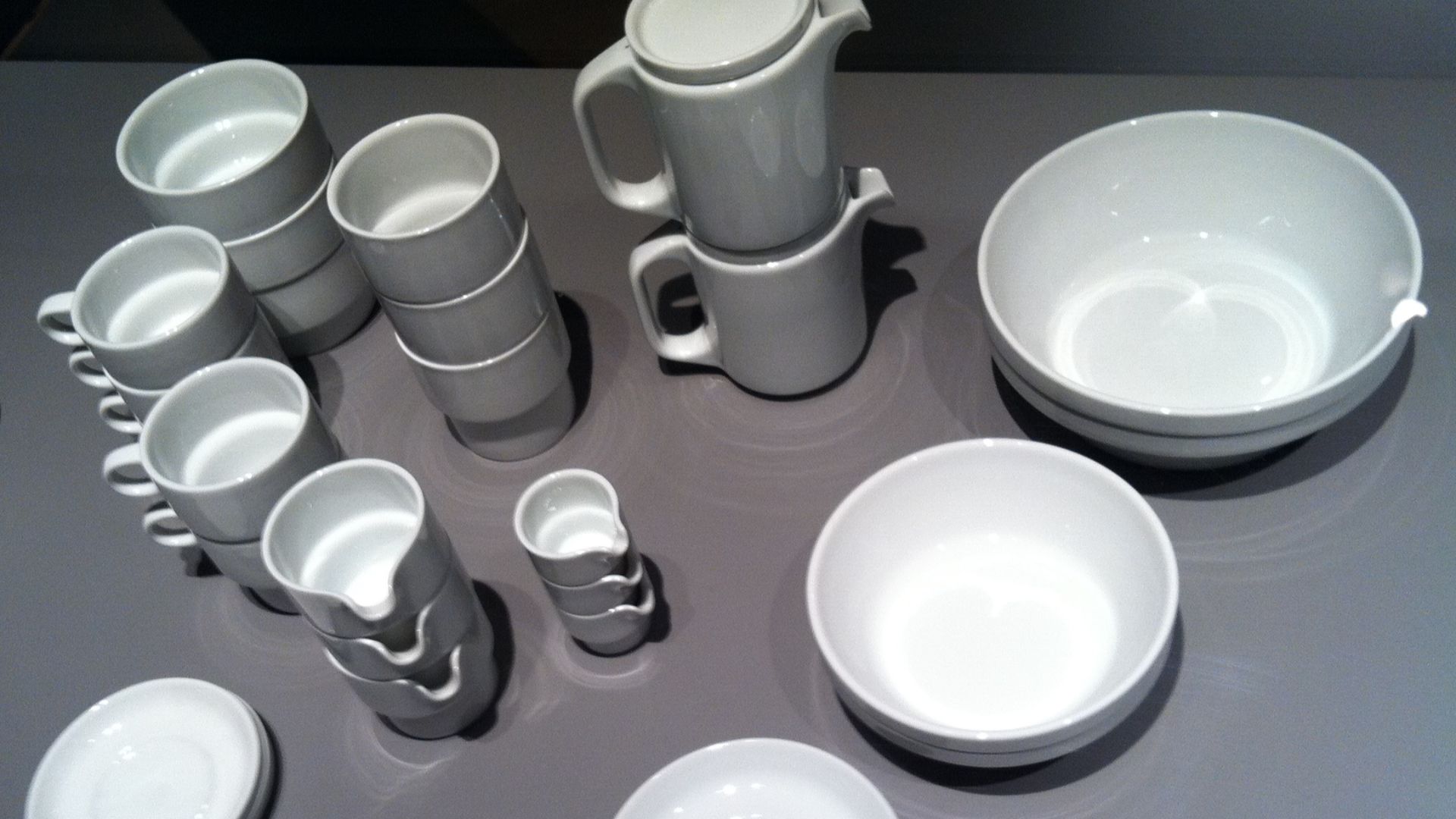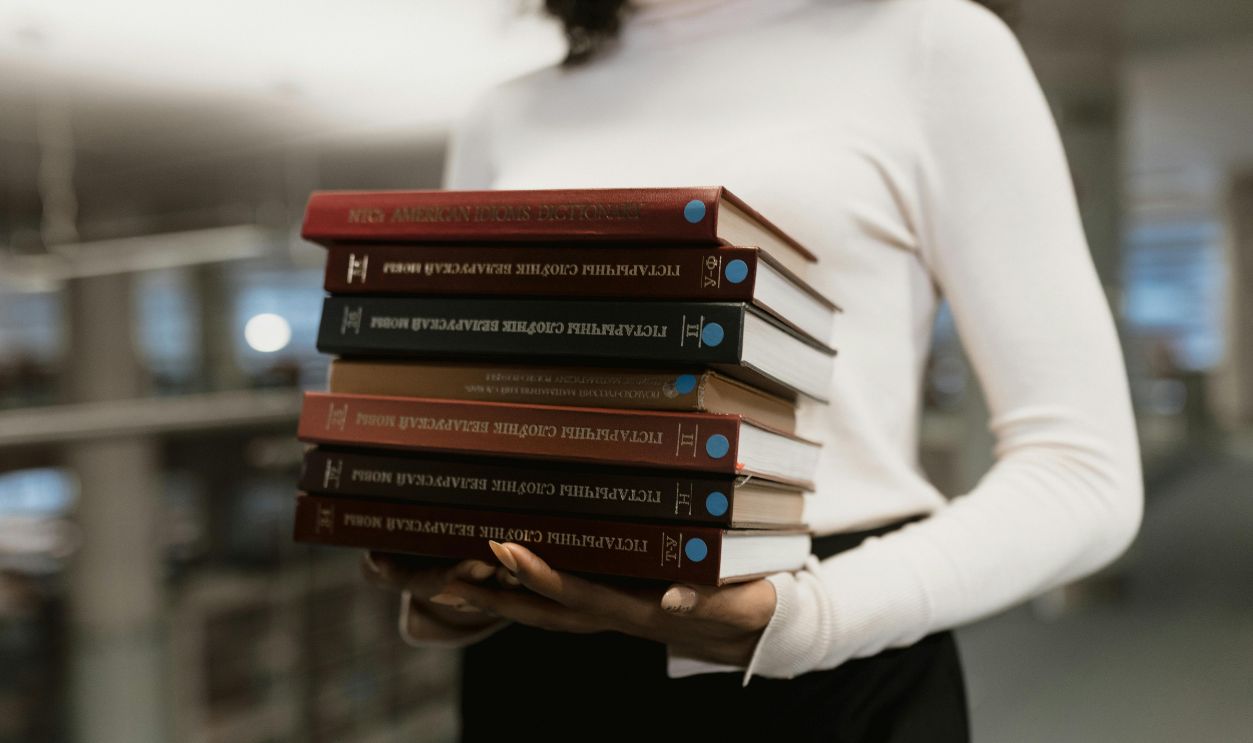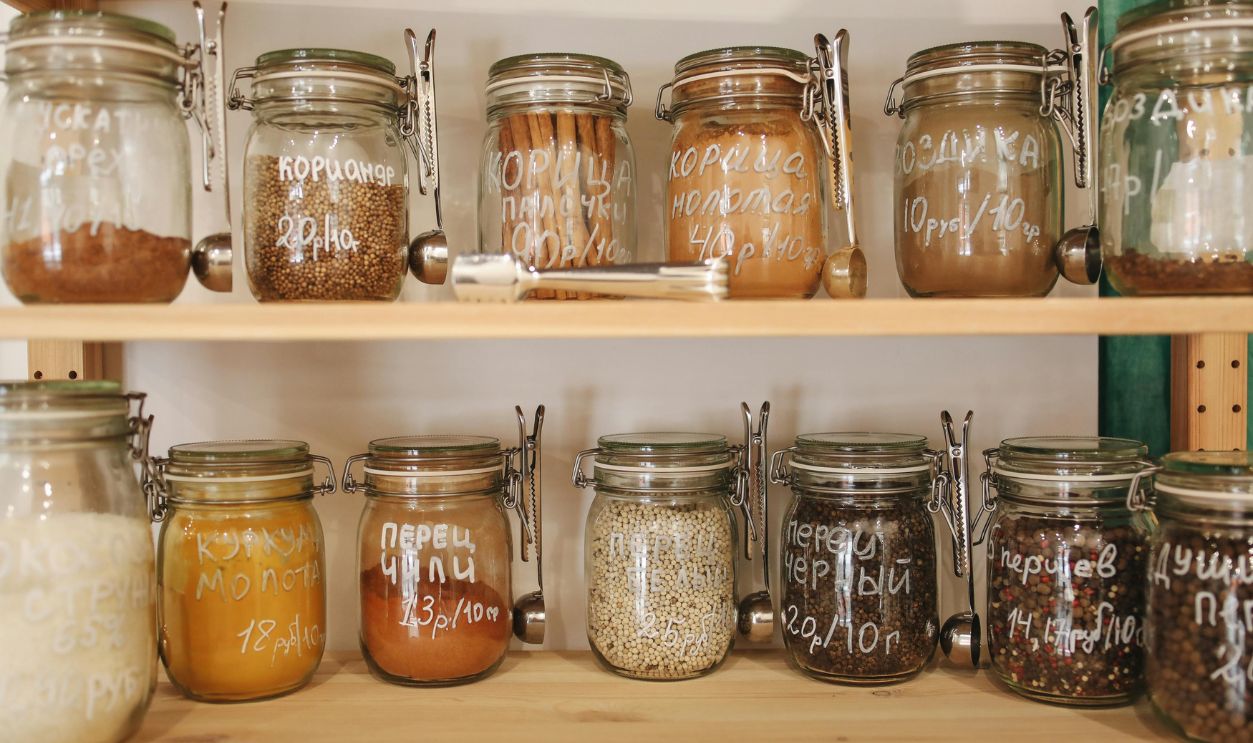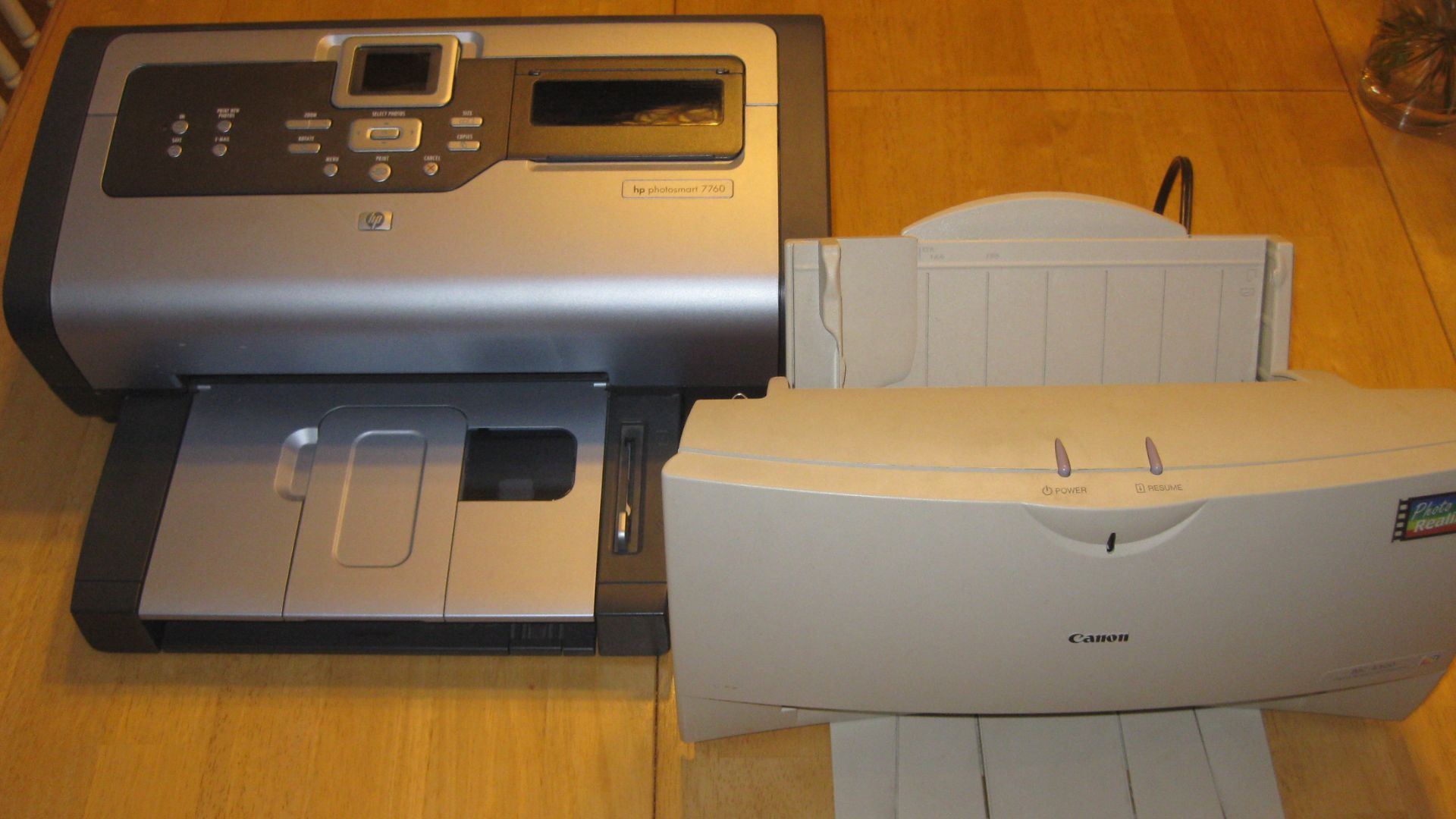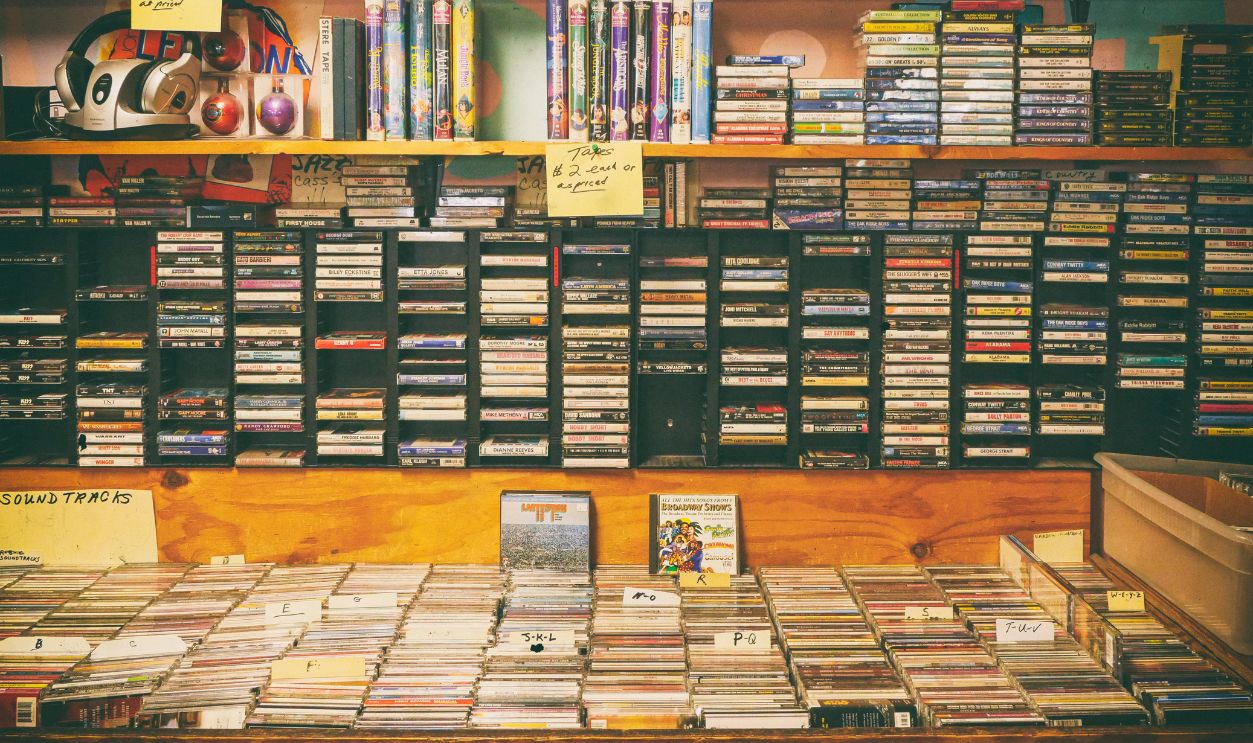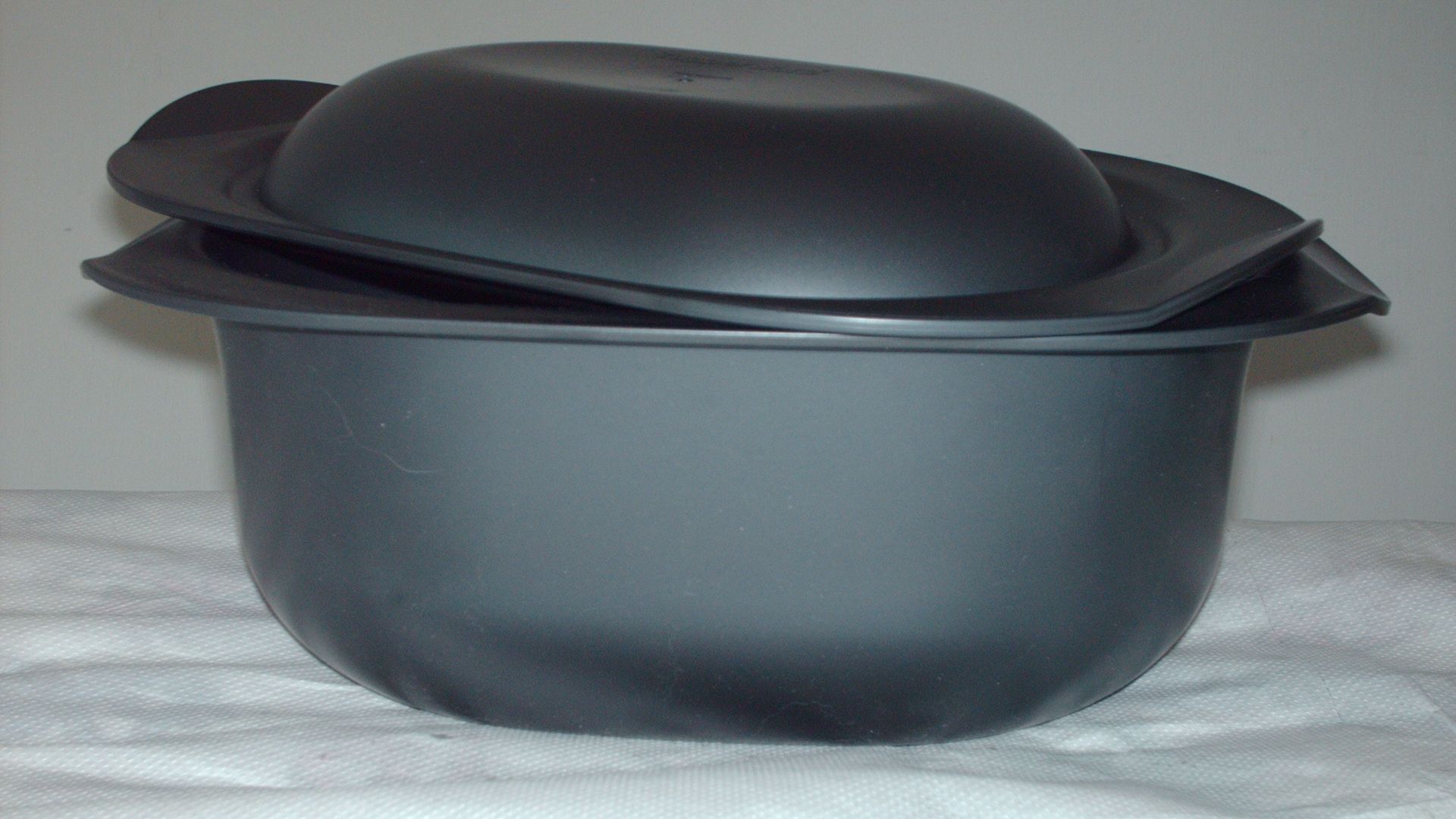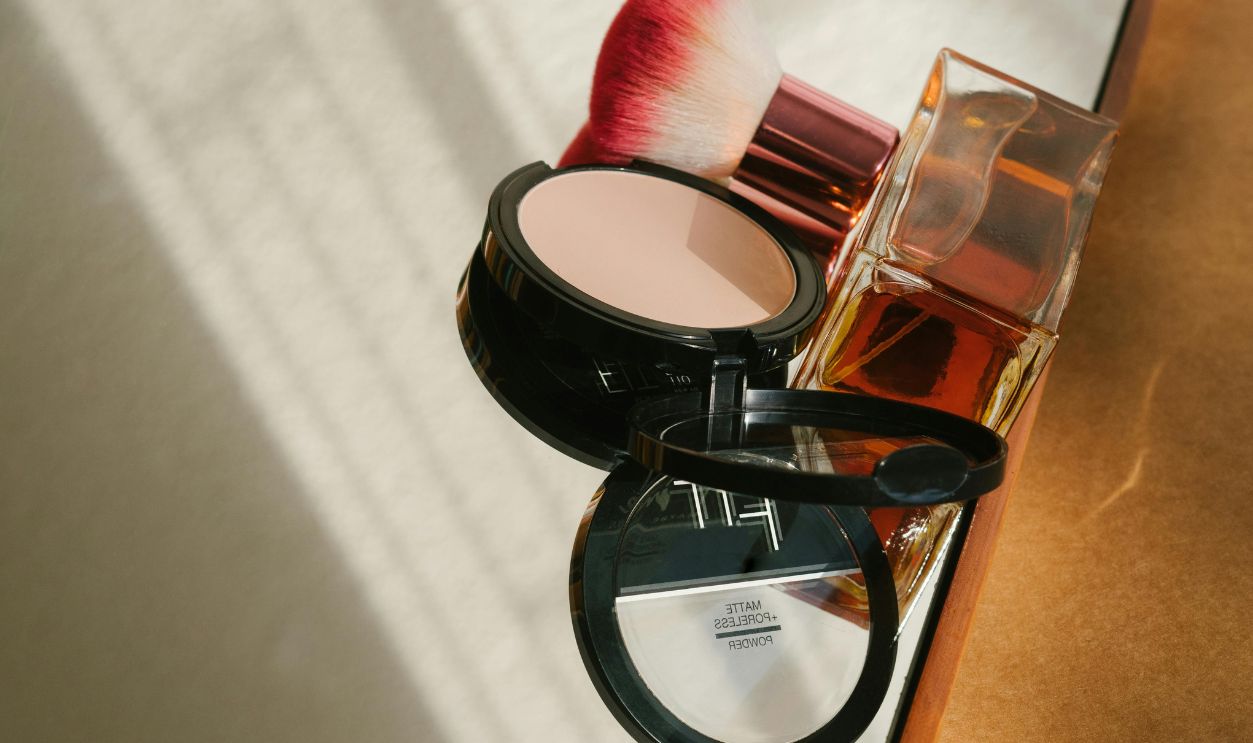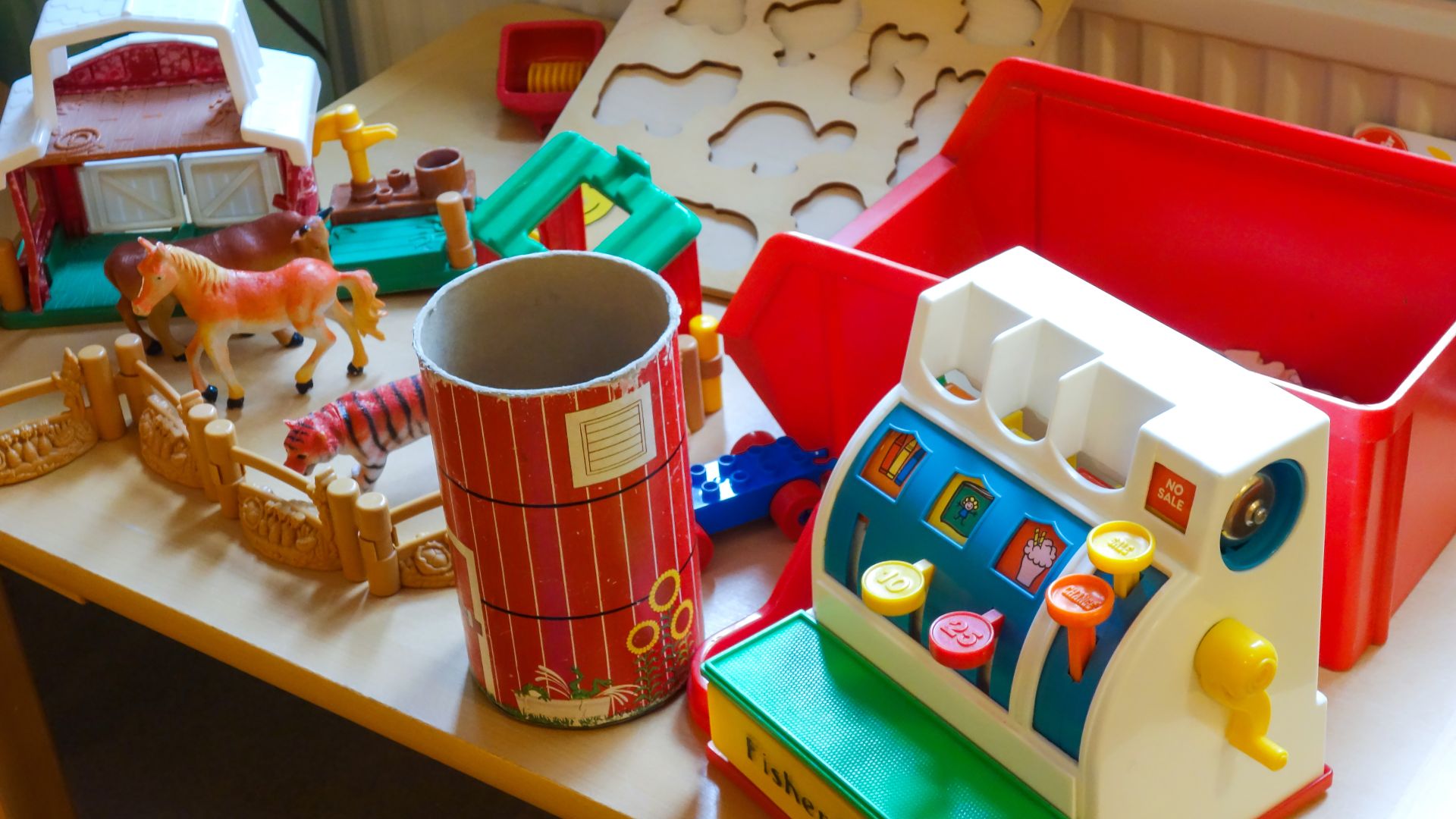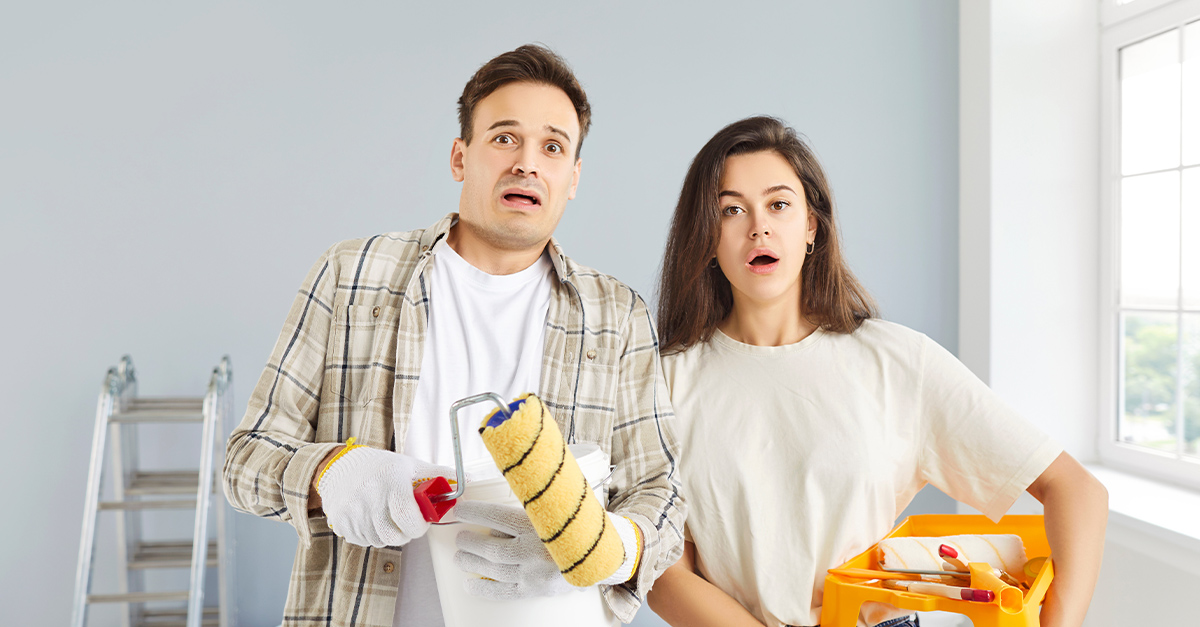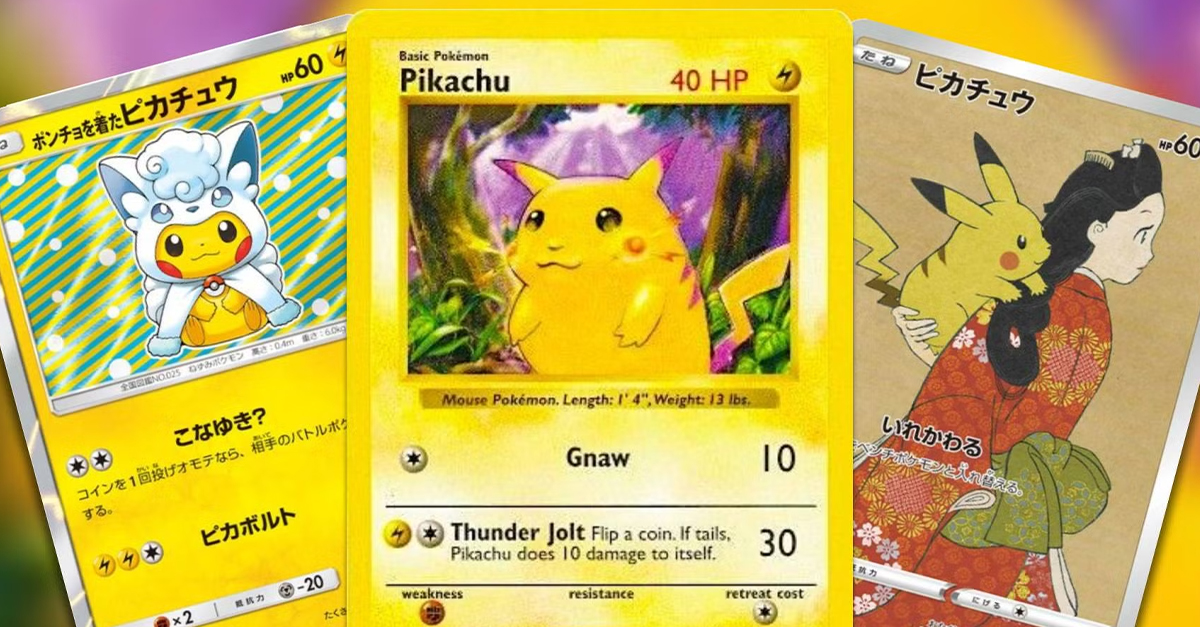Inside The Rooms Where Value Waits Quietly
An estate sale is a living archive. Some are lasting investments, while others are not worth the bargain. This journey begins with the items that regularly offer the most value for practical buyers.
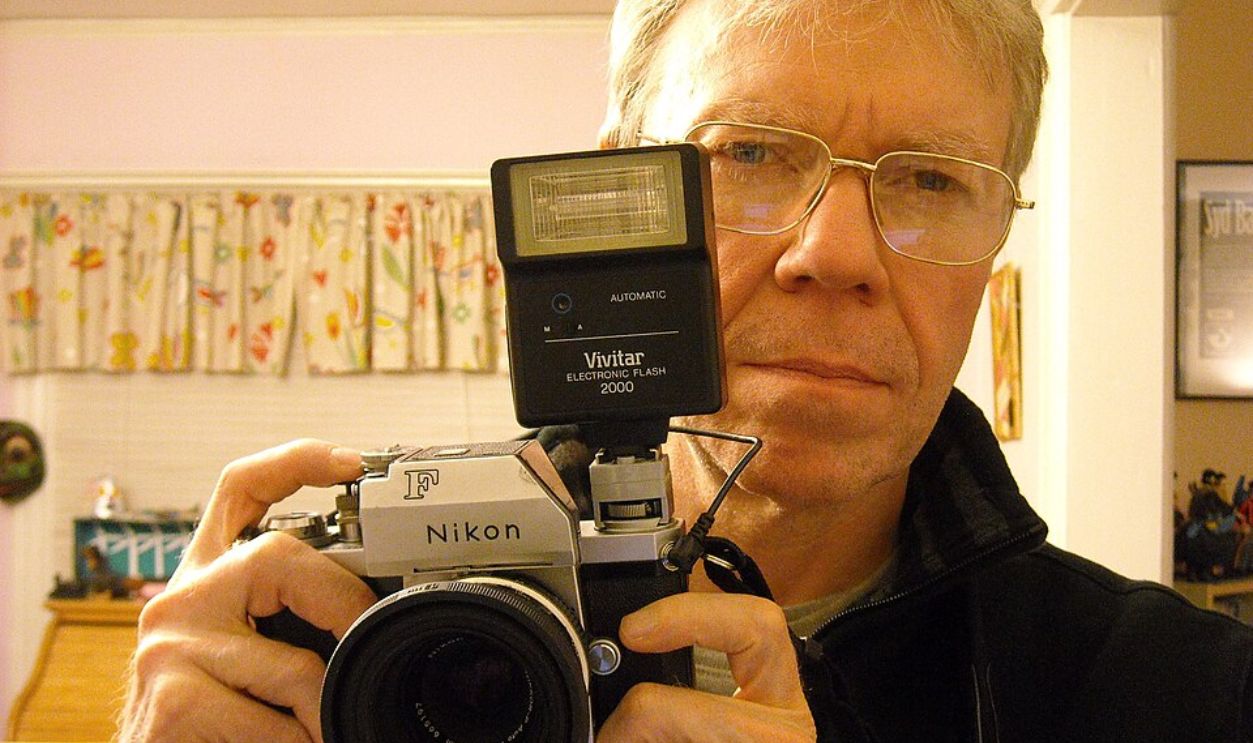
Solid Wood Furniture
Many estate sales offer solid oak or walnut furniture built before mass production relied on particleboard. These pieces often survive decades of use without warping. Dovetail joints and heavy frames signal quality. Refinishing reveals wood grain that modern pieces rarely replicate.
Cast Iron Cookware
Vintage cast iron by Griswold or Wagner retains its value because it heats evenly and lasts for generations. Smooth interiors indicate pre-automated production. Restoration involves removing rust with vinegar and re-seasoning with oil. Collectors pay premiums for pieces with visible logos and intact handles.
Mid-Century Modern Chairs
Screws or stamped bases confirm authenticity on originals by Eames or Saarinen. A genuine Eames molded chair can sell for thousands, provided it is structurally sound. Estate sales sometimes feature these icons, known for clean lines and fiberglass shells. Auction houses track their soaring demand.
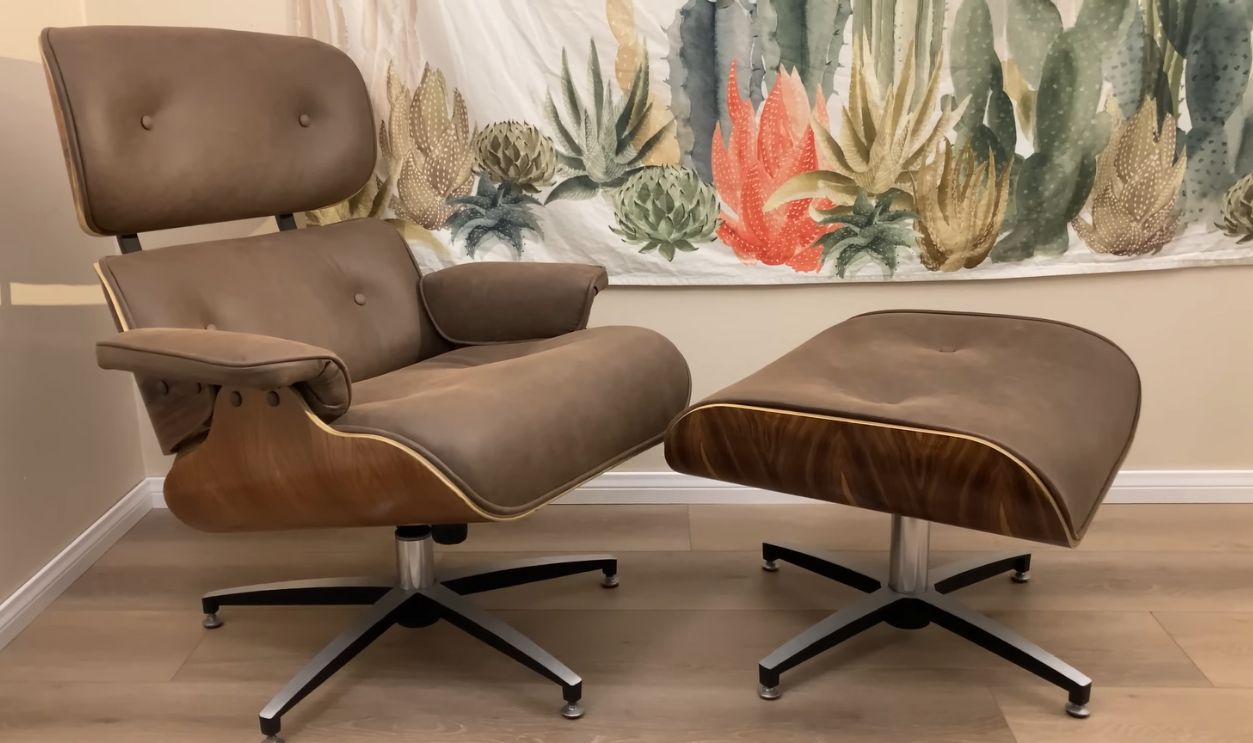 A Love Letter to the ICONIC Eames Lounge Chair by The Commercial Project
A Love Letter to the ICONIC Eames Lounge Chair by The Commercial Project
Sterling Silver Flatware
Matching sets are rare, but even single forks or serving spoons can earn solid returns if hallmarks are present and wear is minimal. Melt value and collectibility depend on markings like "925" or names such as Gorham. Silver-plated items, by contrast, hold little monetary value.
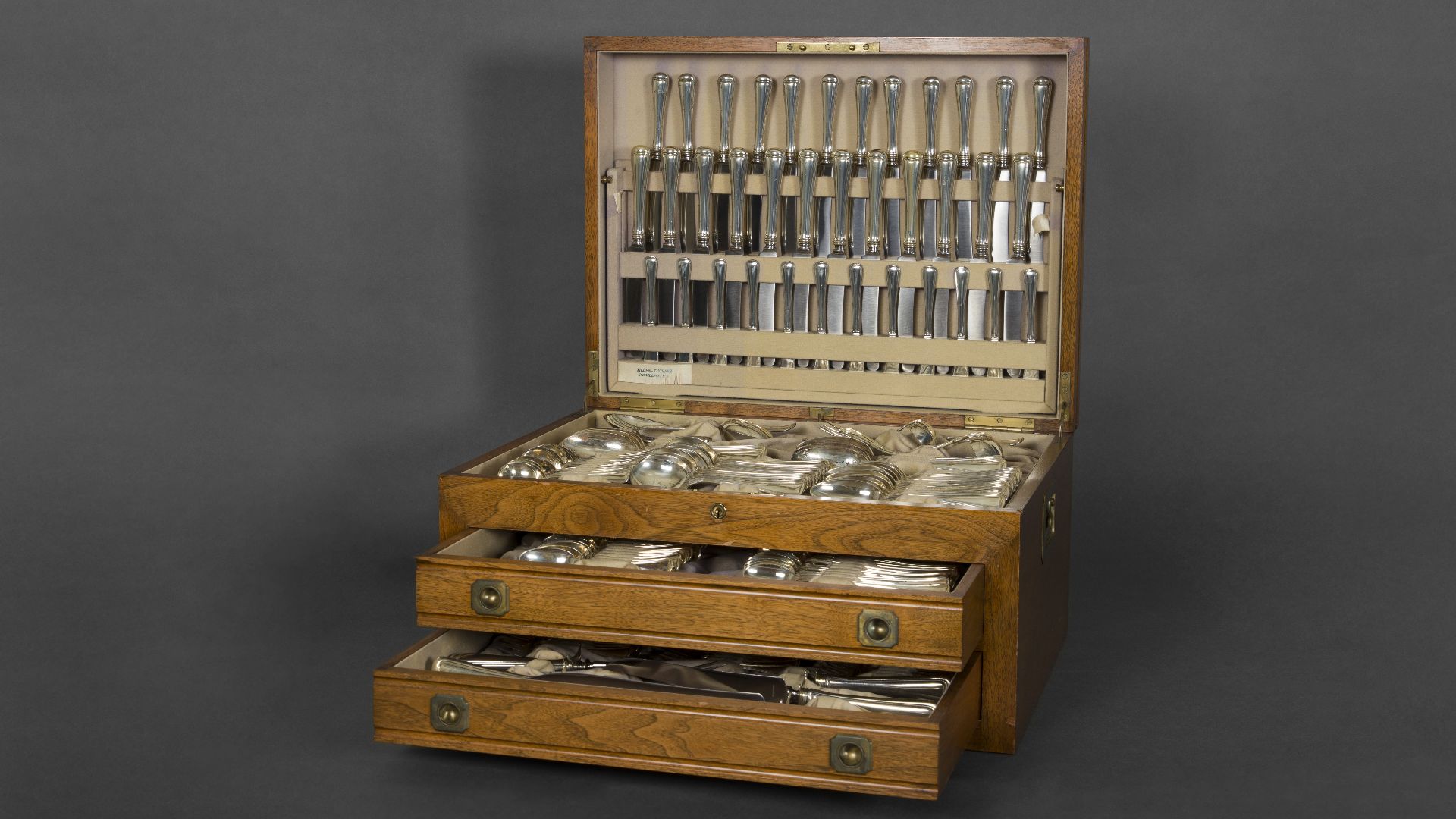 Gorham Manufacturing Company, Wikimedia Commons
Gorham Manufacturing Company, Wikimedia Commons
Antique Clocks
Features such as beveled glass or wood inlays enhance both the decorative and historical value of the piece. Although some are no longer functional, many still retain intact enamel faces and brass gears. Buyers often pursue even non-functioning clocks by Seth Thomas or Ingraham to salvage parts or restore them.
Old Maps And Atlases
Early maps reveal how borders and cities have shifted across centuries. Collectors favor pre-1900 examples on rag paper with visible publisher imprints. Foxing and plate marks suggest authenticity. Atlases with foldouts or hand-colored elements typically command stronger auction interest and hold greater historical value.
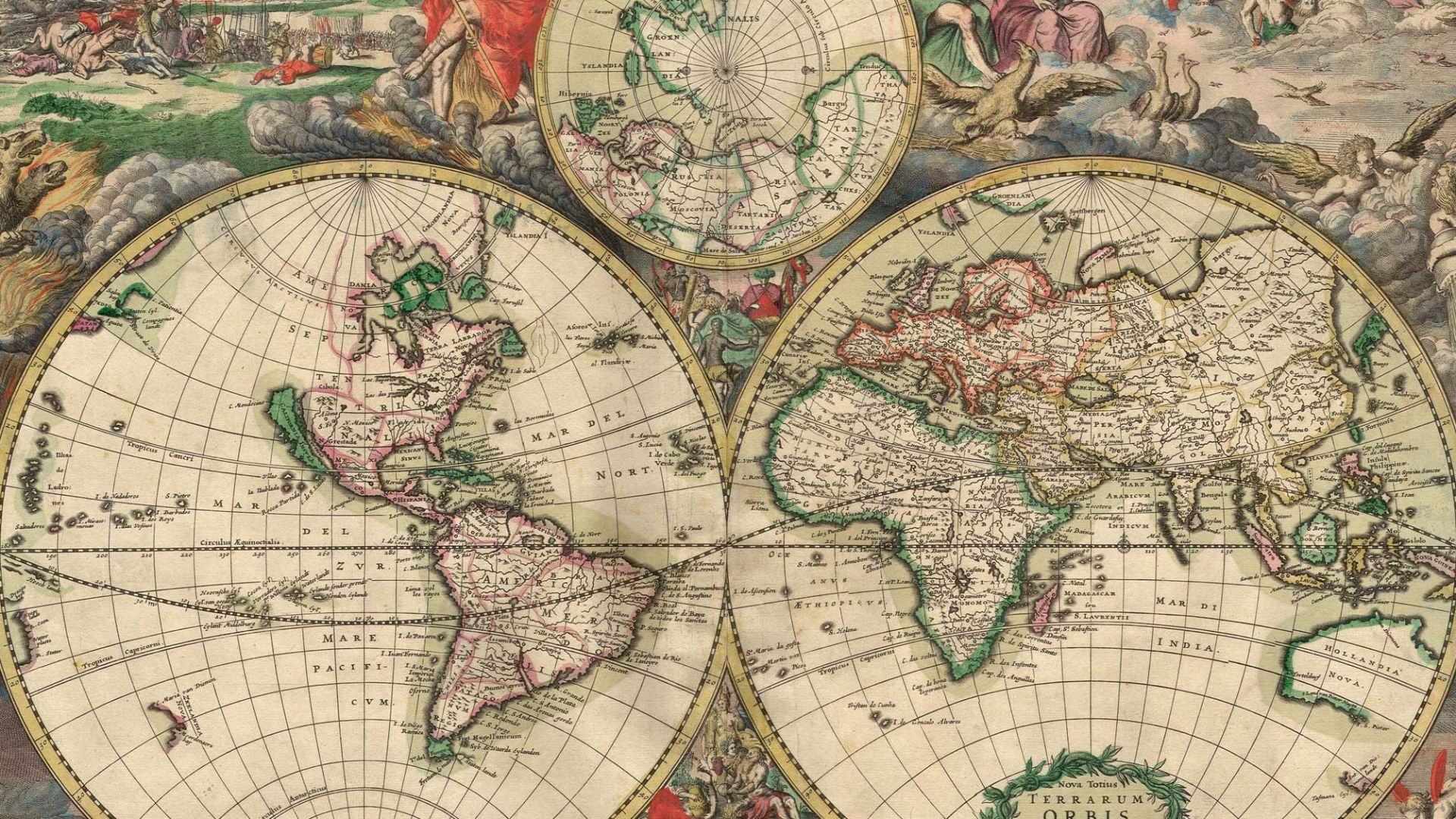 van Schagen, Wikimedia Commons
van Schagen, Wikimedia Commons
Original Artwork
Estate sales sometimes yield paintings by regional artists whose names appear in auction databases. Labels on the frame's reverse, or gallery stamps, may verify provenance. Even unsigned works attract buyers if the canvas and composition point to mid-century schools or listed art movements.
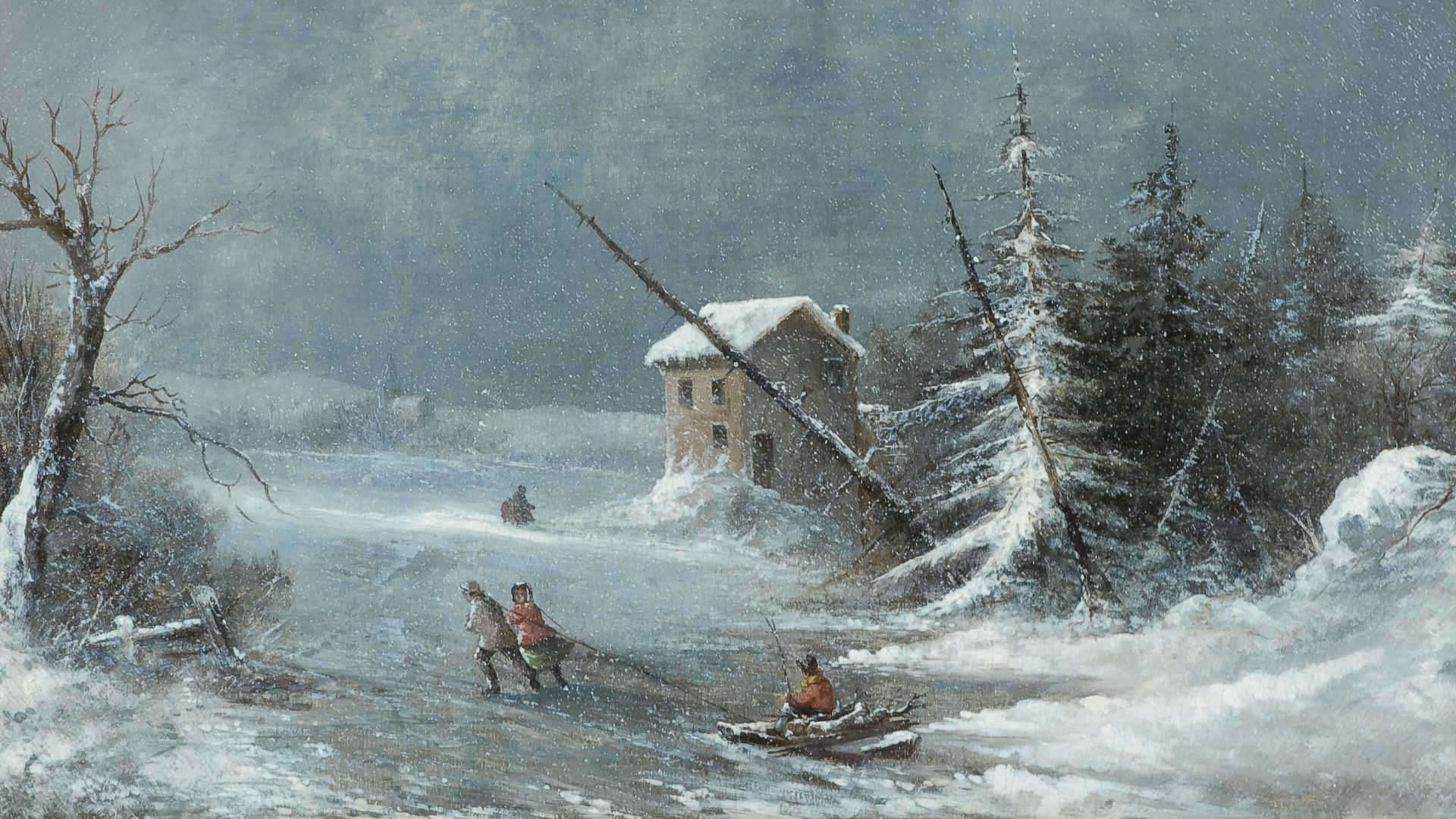 Cornelius Krieghoff, Wikimedia Commons
Cornelius Krieghoff, Wikimedia Commons
Typewriters
Royal and Olympia models built before 1980 often came in steel cases and featured glass keys. Collectors test the platen and type alignment. Original ribbons or decals increase value, especially when the machine's mechanism still operates with its original engineering precision.
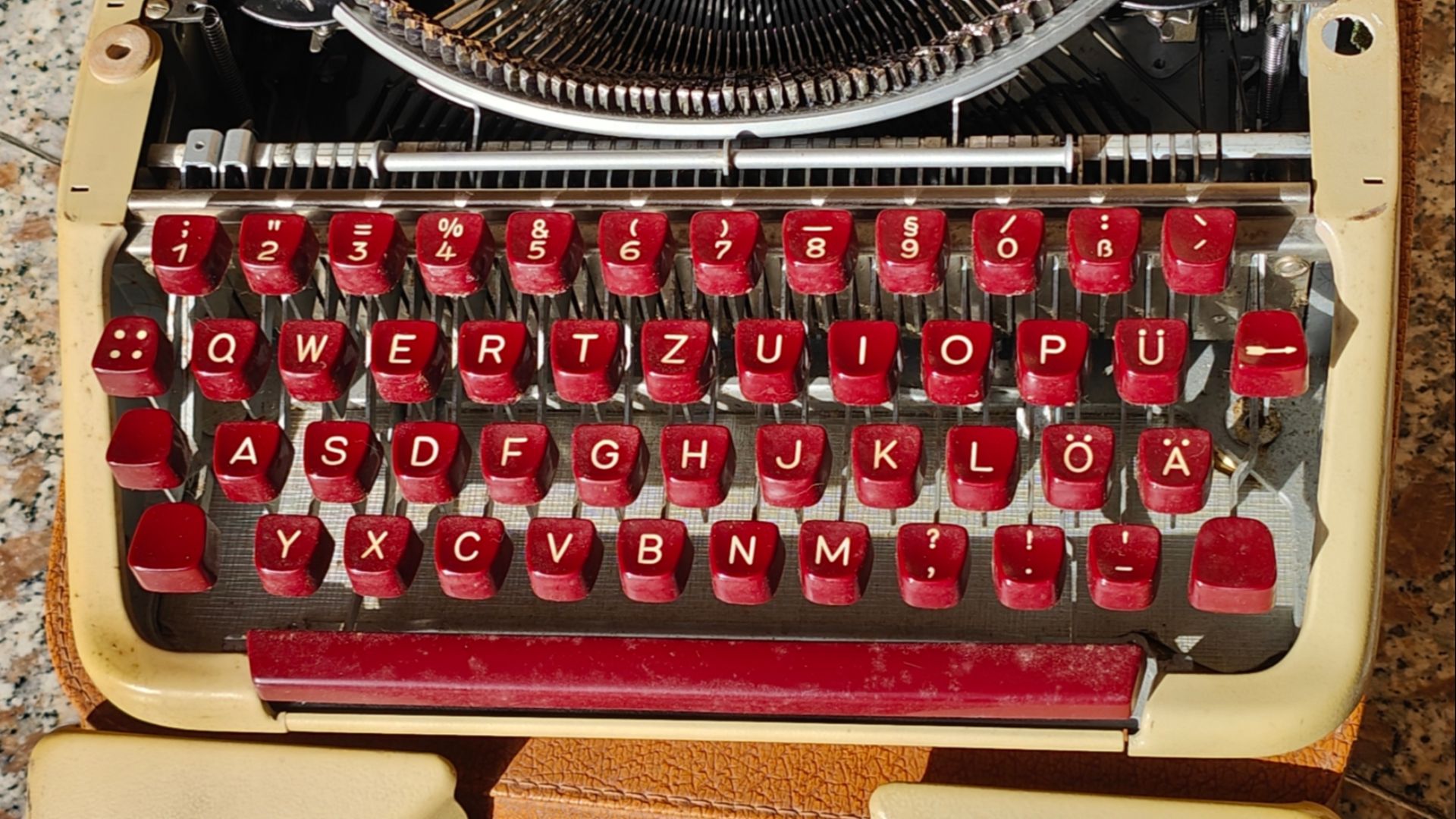 Al*from*Lig, Wikimedia Commons
Al*from*Lig, Wikimedia Commons
Leather Bags And Belts
Coach and Dooney & Bourke produced bags have solid brass hardware and tight double stitching. Their full-grain leather, known for durability, darkens with age and develops fine lines without cracking. Buyers often favor these characteristics, and well-maintained vintage pieces tend to perform strongly in secondhand markets.
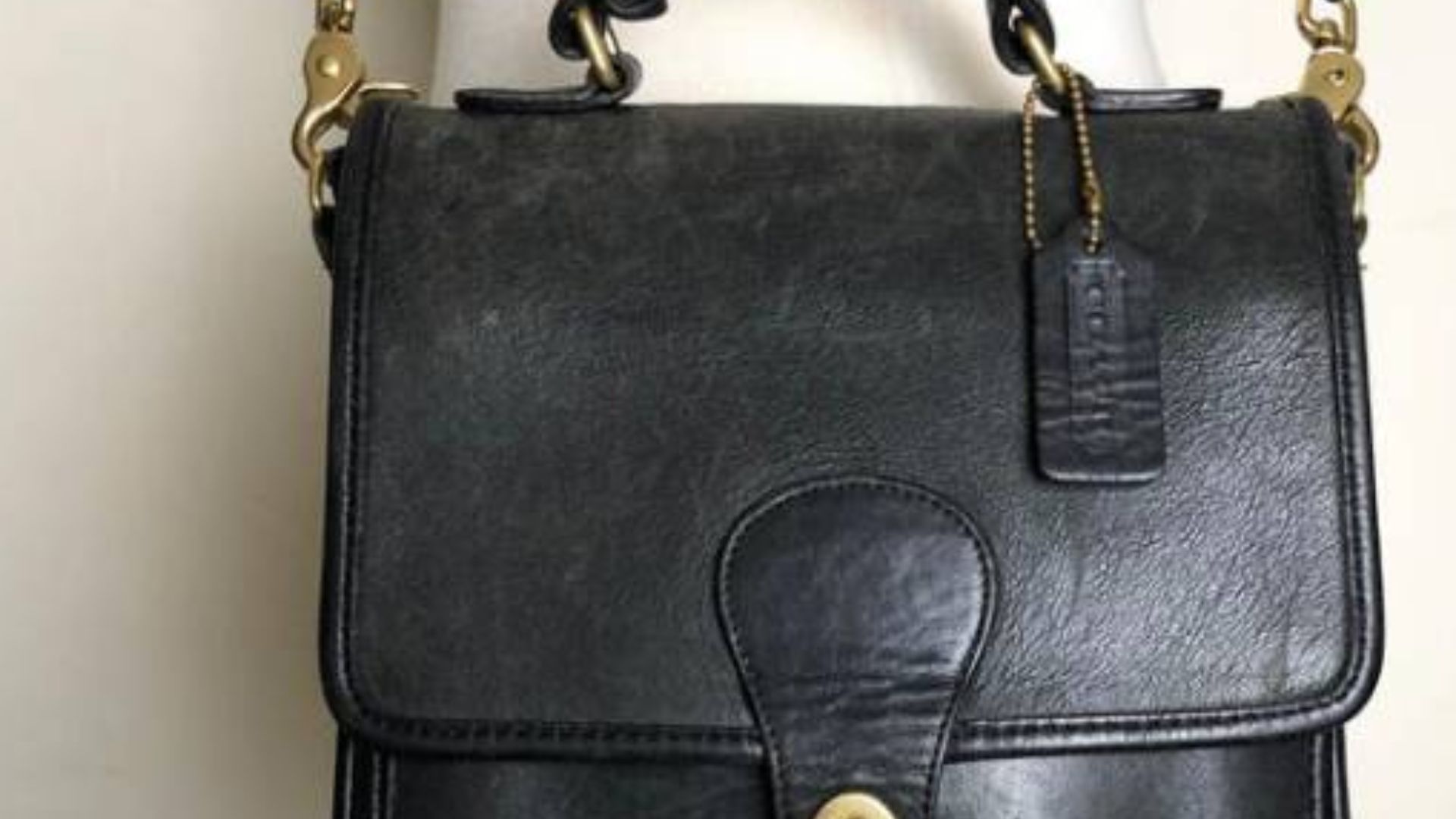 Wikimaker995, Wikimedia Commons
Wikimaker995, Wikimedia Commons
Vinyl Records
Record collectors track first pressings through matrix numbers etched near the center of the record. Columbia's "6-eye" or early Blue Note labels can significantly raise the worth. Covers with original sleeves and no ring wear sell best. The condition is ranked using a strict Goldmine grading scale.
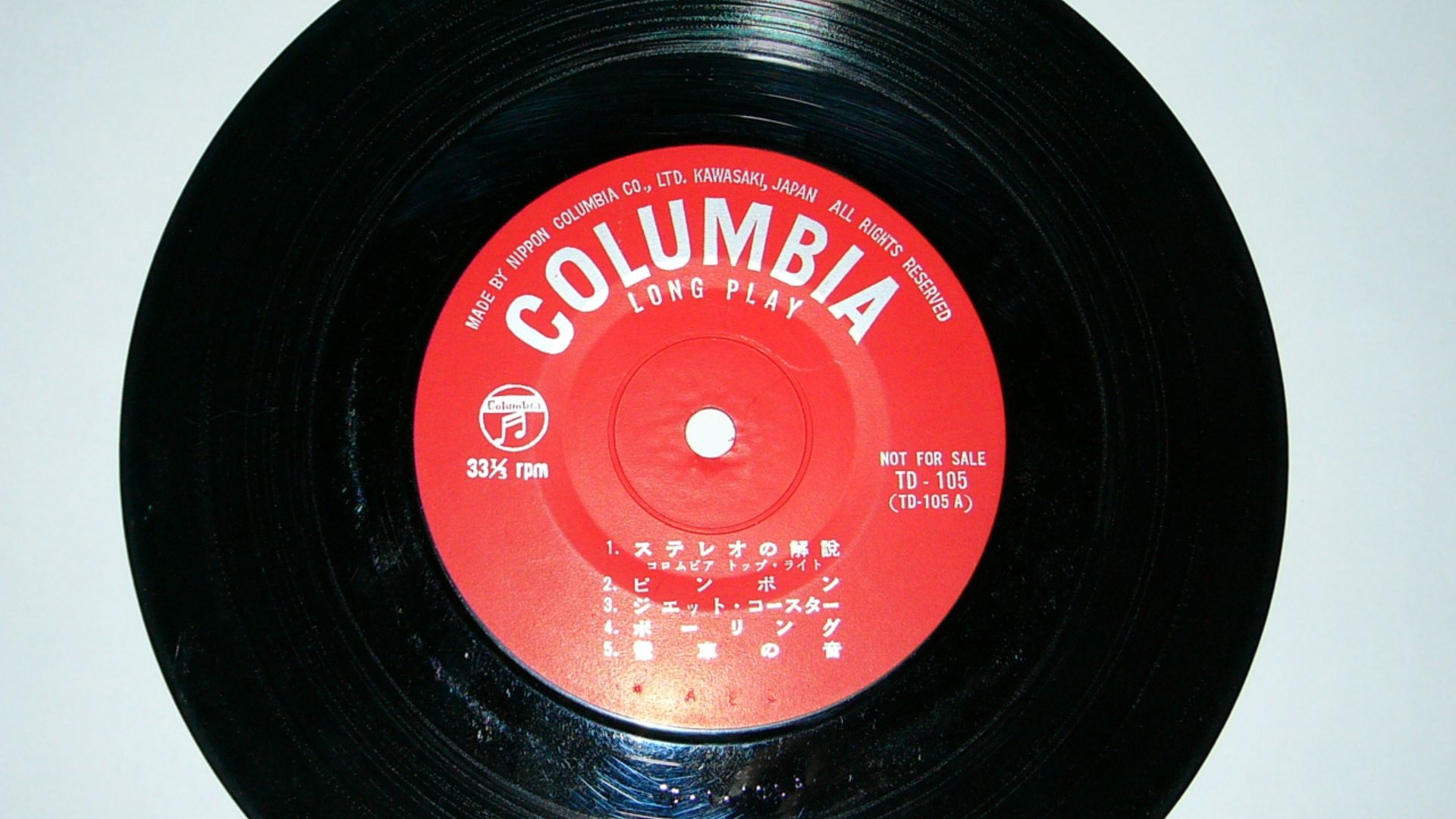 Nonashi-san, Wikimedia Commons
Nonashi-san, Wikimedia Commons
Handmade Quilts
Stitch density and batting type help identify hand-sewn quilts from the 19th or early 20th century. Amish or Appalachian patterns often hold regional significance. When preserved well, these pieces are prized by textile collectors and museums for artistry and historical context.
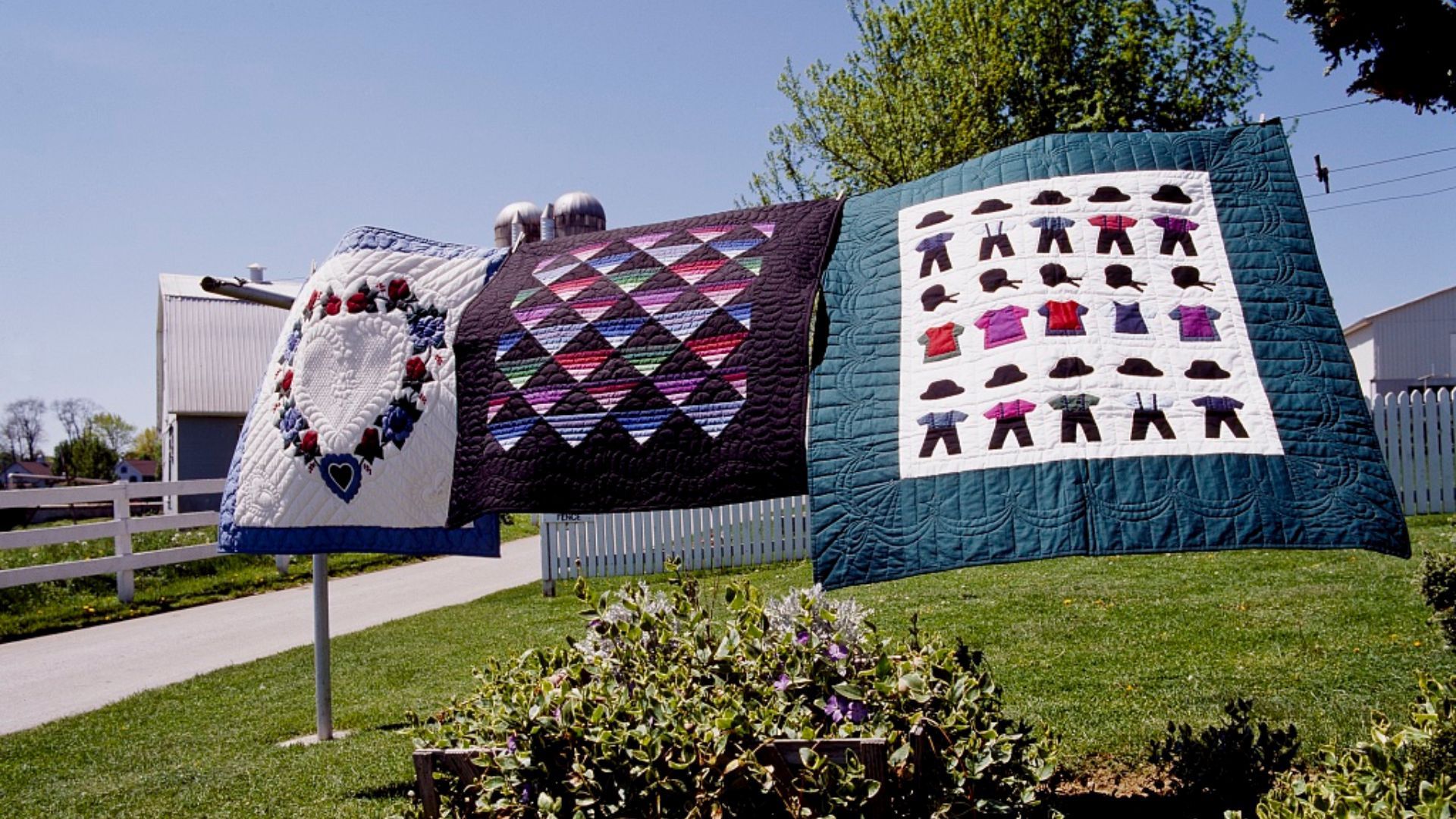 Carol M. Highsmith, Wikimedia Commons
Carol M. Highsmith, Wikimedia Commons
Vintage Board Games
Board games from before 1970 often used wooden pieces and cardboard with lithograph printing. Titles like "Masterpiece" or "Careers" in complete condition, including rulebooks and inserts, are sought after. Small production runs and discontinued editions enhance rarity and value among collectors.
 THE MOST INSANE VINTAGE BOARD GAME COLLECTION I'VE EVER SEEN ! by Dark Ride Dracula
THE MOST INSANE VINTAGE BOARD GAME COLLECTION I'VE EVER SEEN ! by Dark Ride Dracula
Jewelry With Hallmarks
Clasp designs and gemstone settings often point to specific periods, which makes them key indicators of age. Hallmarks, such as "14K" or maker's signatures, confirm the metal content and origin. Georgian and Art Deco examples, when verified, tend to receive higher appraisals from specialists.
Porcelain Figurines
Figurines featuring professions or seasonal themes often appeal to niche collectors and hold consistent value. Paint quality and limited edition numbers help shape resale outcomes. Brand marks under the base, including Lladro or Hummel, are the clearest indicators of authenticity and origin.
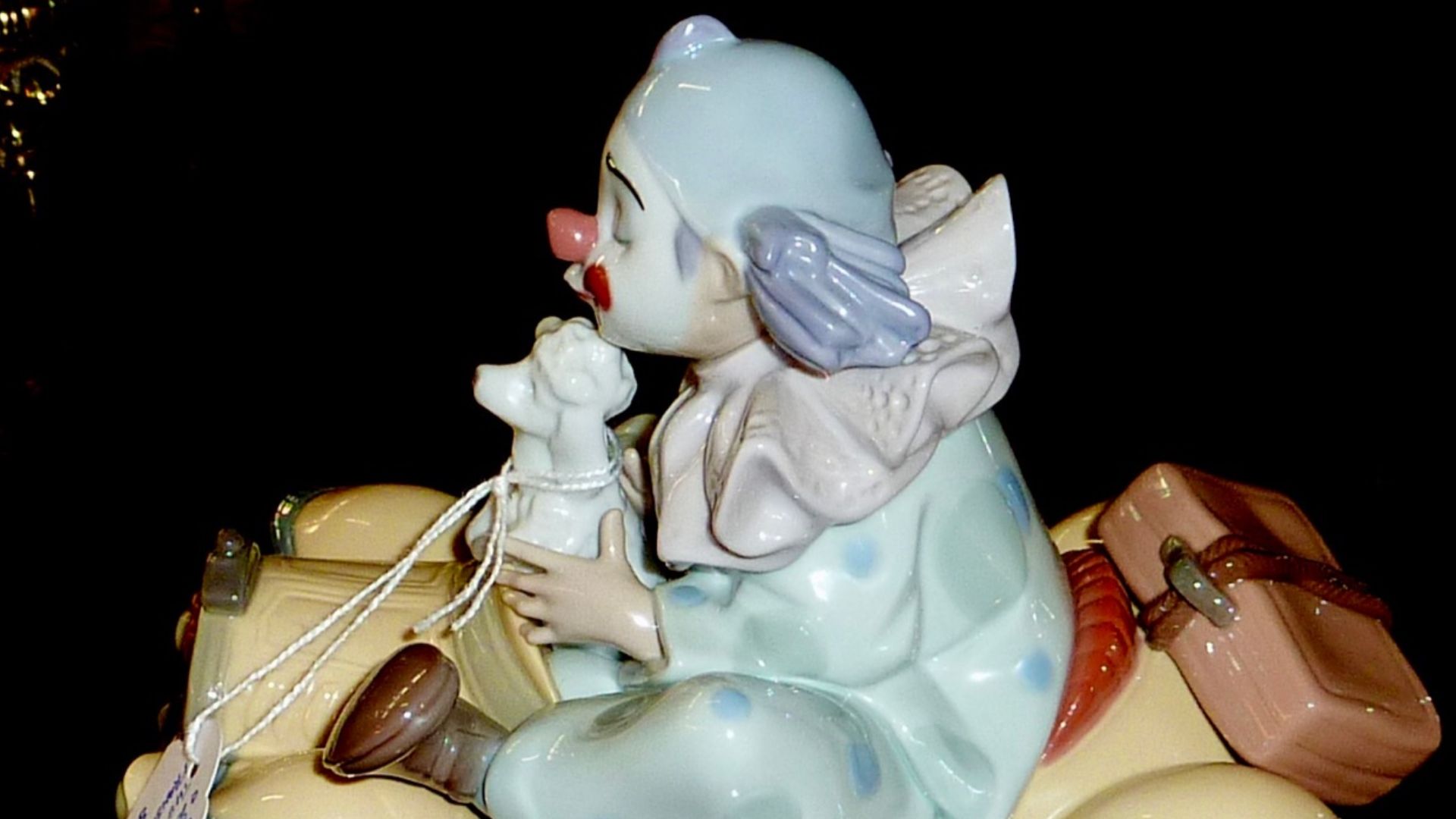 Tangerineduel, Wikimedia Commons
Tangerineduel, Wikimedia Commons
Stained Glass Panels
Original stained glass often features hand-cut sections joined by zinc caming or lead came. Air bubbles and solder marks suggest a handcrafted origin. Panels salvaged from churches or early homes can command high prices, particularly when their color saturation remains intact.
Old Cameras
Collectors of analog photography often pursue manual film cameras from Nikon's F-series or original Polaroid Land models. Matching serial numbers and clean lenses increases value. Cameras with working shutters and original packaging are especially desirable for both display and continued use.
 Wolfgang Pehlemann, Wikimedia Commons
Wolfgang Pehlemann, Wikimedia Commons
Crystal Stemware
Discontinued patterns and complete sets tend to command high resale prices, mainly when they include original boxes and show no signs of damage. Waterford and Baccarat typically etch their logos at the base, while a gentle tap reveals a distinct tone that confirms the presence of genuine crystal.
Vintage Tools
Tools once featured hardened steel and rosewood or mahogany handles long before plastic grips and lightweight metals became standard. Brands such as Stanley or Disston stamped their tools with patent dates, which signal quality. Functional examples with visible wear attract strong interest from restorers and tradespeople.
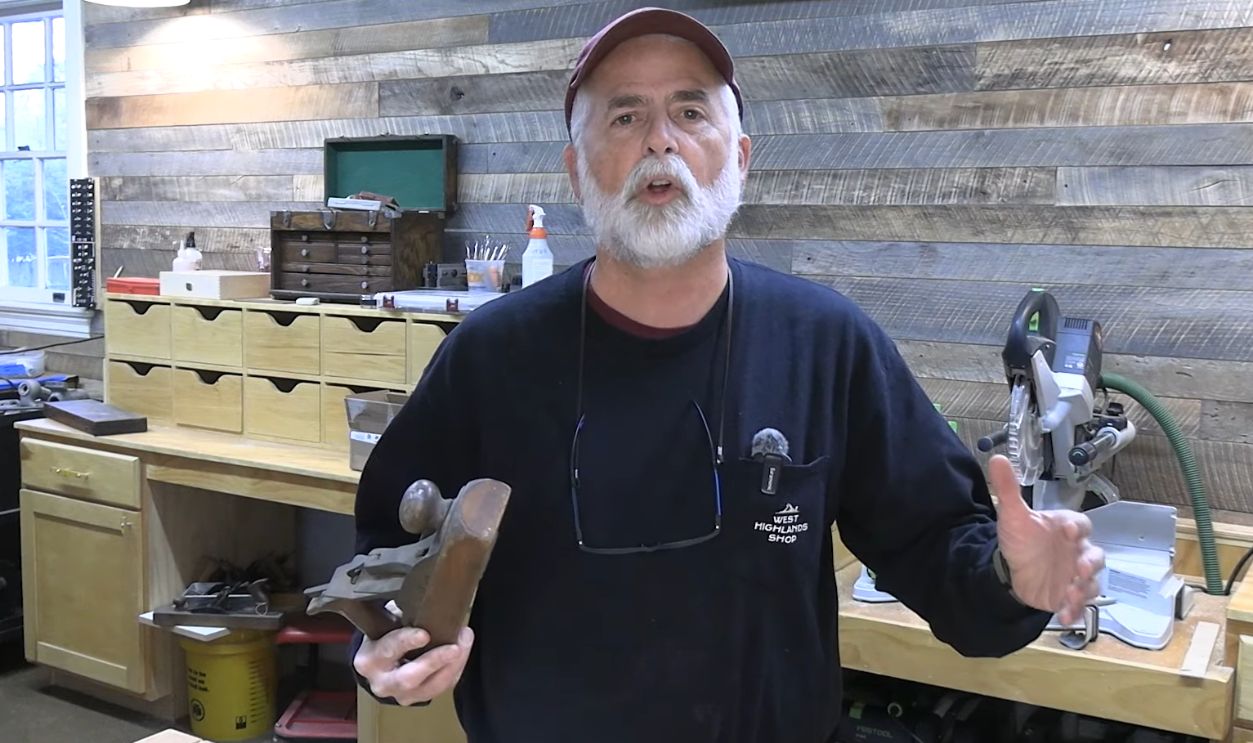 Stanley No 36 Hand Plane Restoration by West Highlands Shop
Stanley No 36 Hand Plane Restoration by West Highlands Shop
Area Rugs
Hand-knotted rugs are defined by their construction—each knot is tied individually. Wool or silk varieties with designs from Tabriz or Kashan can command thousands of dollars. The fringe is part of the weave, not sewn on. Undyed wool and asymmetrical patterns suggest regional craftsmanship, especially in Persian pieces.
 Plakasauctions.com, Wikimedia Commons
Plakasauctions.com, Wikimedia Commons
Architectural Salvage Pieces
Salvaged pieces, such as cast-iron grates or carved corbels, once framed windows or staircases in historic homes. Victorian and Craftsman styles are especially sought after. Buyers look for original paint layers and provenance notes that hint at the building's source.
 David Dixon , Wikimedia Commons
David Dixon , Wikimedia Commons
Old Advertising Signs
Porcelain and enamel signs from the early to mid-20th century are widely collected, particularly those associated with gas stations or agricultural products. Color retention, rust pattern, and size affect their value. Reproductions often show uniform wear or modern mounting holes.
Vintage Holiday Decor
Items like glass ornaments from West Germany spun cotton figurines or Shiny Brite baubles remain in demand among collectors. Halloween papier-mache pumpkins and feather trees also sell well. Look for hand-painted details and era-specific packaging to confirm authenticity and resale value.
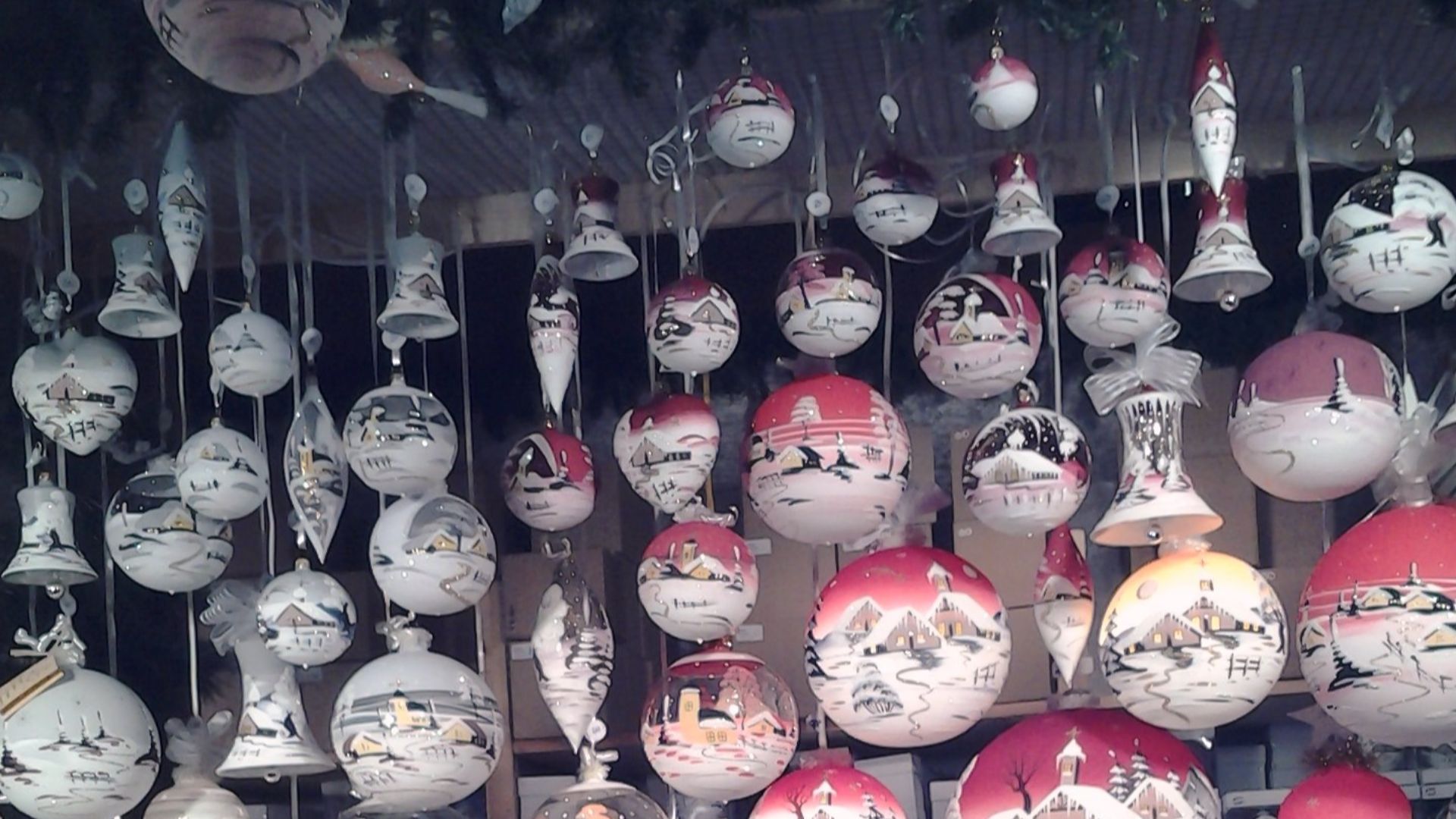 Marit & Toomas Hinnosaar, Wikimedia Commons
Marit & Toomas Hinnosaar, Wikimedia Commons
Used Mattresses
We're now shifting to the estate sale finds you should steer clear of. First on that list are used mattresses. Their resale is prohibited in many states unless they are professionally sanitized. Bedbugs and unseen moisture damage make them costly to discard and potentially hazardous to bring into your home.
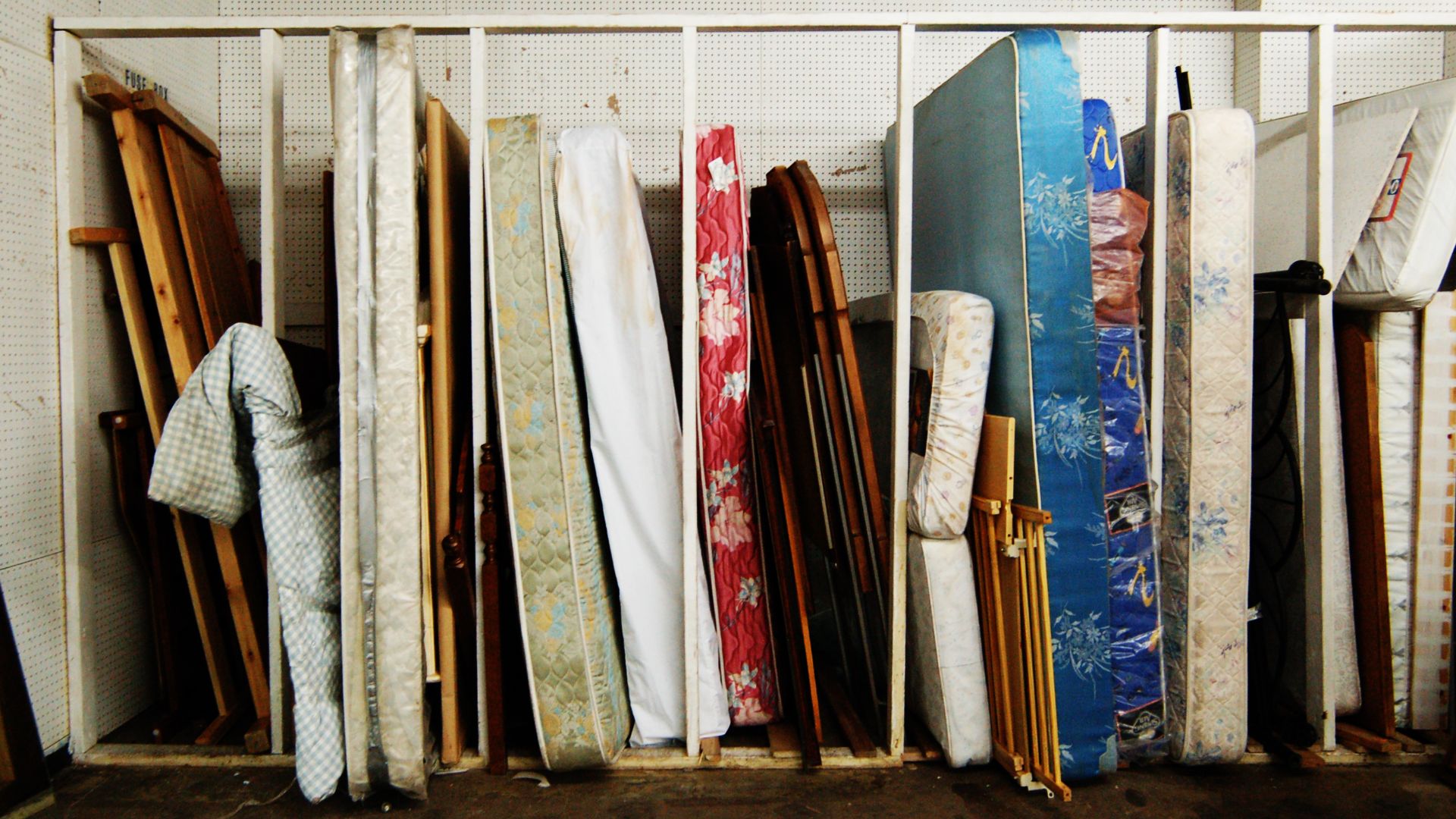 Paul Goyette, Wikimedia Commons
Paul Goyette, Wikimedia Commons
CRT Televisions
Even vintage gaming fans pass on most CRTs unless they need specific models with functioning remotes and strong picture tubes. These televisions, once a standard in homes, now fall under the category of electronic waste. Recycling centers often charge fees, and the compatibility of modern devices remains extremely limited.
Generic Cookbooks
Most secondhand cookbooks are inexpensive to begin with and continue to depreciate after publication. Recipes found inside are often available online in updated versions. Unless the book is a signed first edition or contains regionally unique recipes, collectors and casual buyers will show little interest.
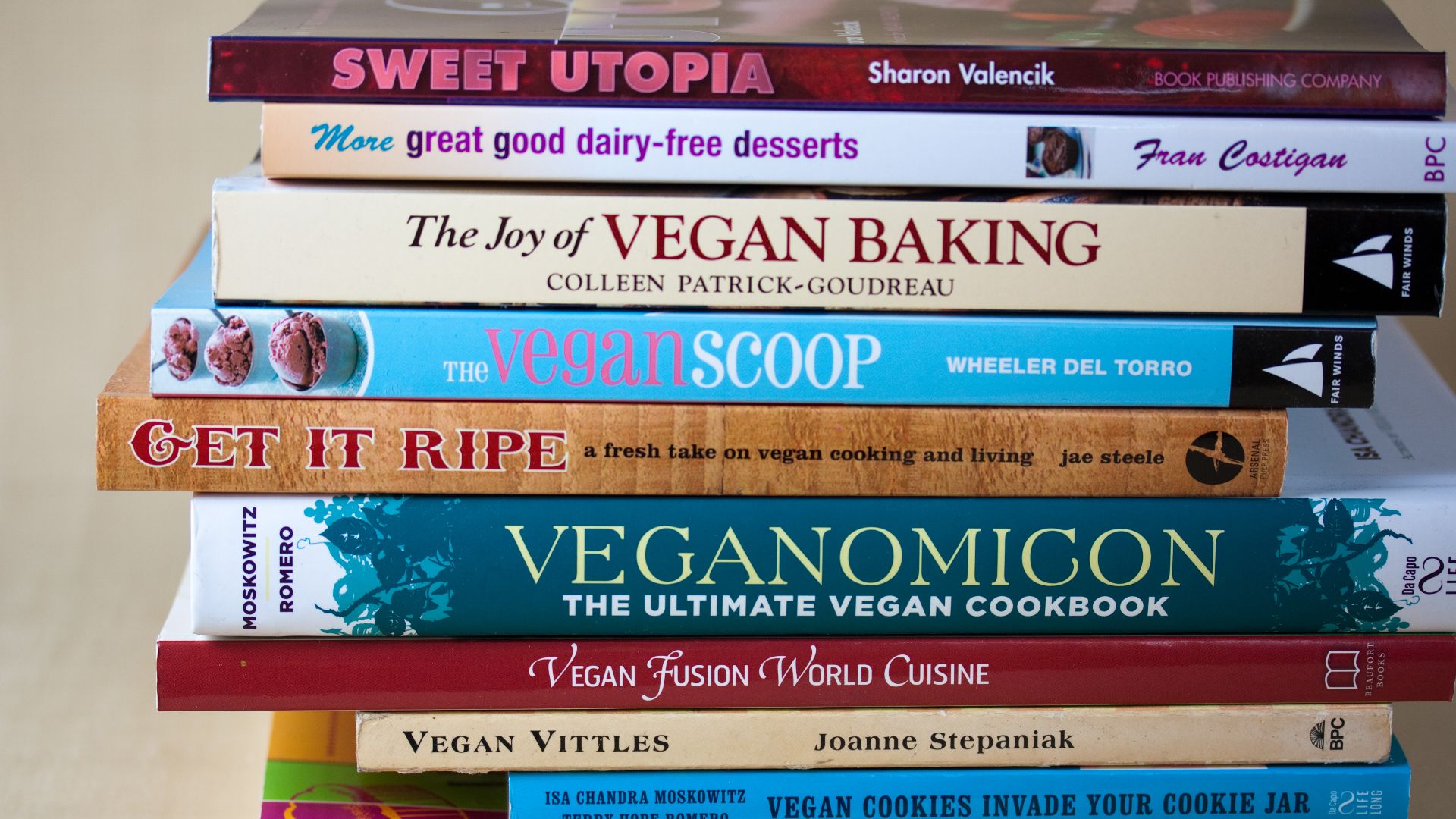 Veganbaking.net from USA, Wikimedia Commons
Veganbaking.net from USA, Wikimedia Commons
Mismatched Power Cords
Power cords without original packaging or device pairing raise compatibility concerns. Estate sales rarely offer identification for voltage or plug type. Buyers avoid unverified cords due to fire risk or incompatibility. Without labels, they're often discarded, regardless of condition or potential use.
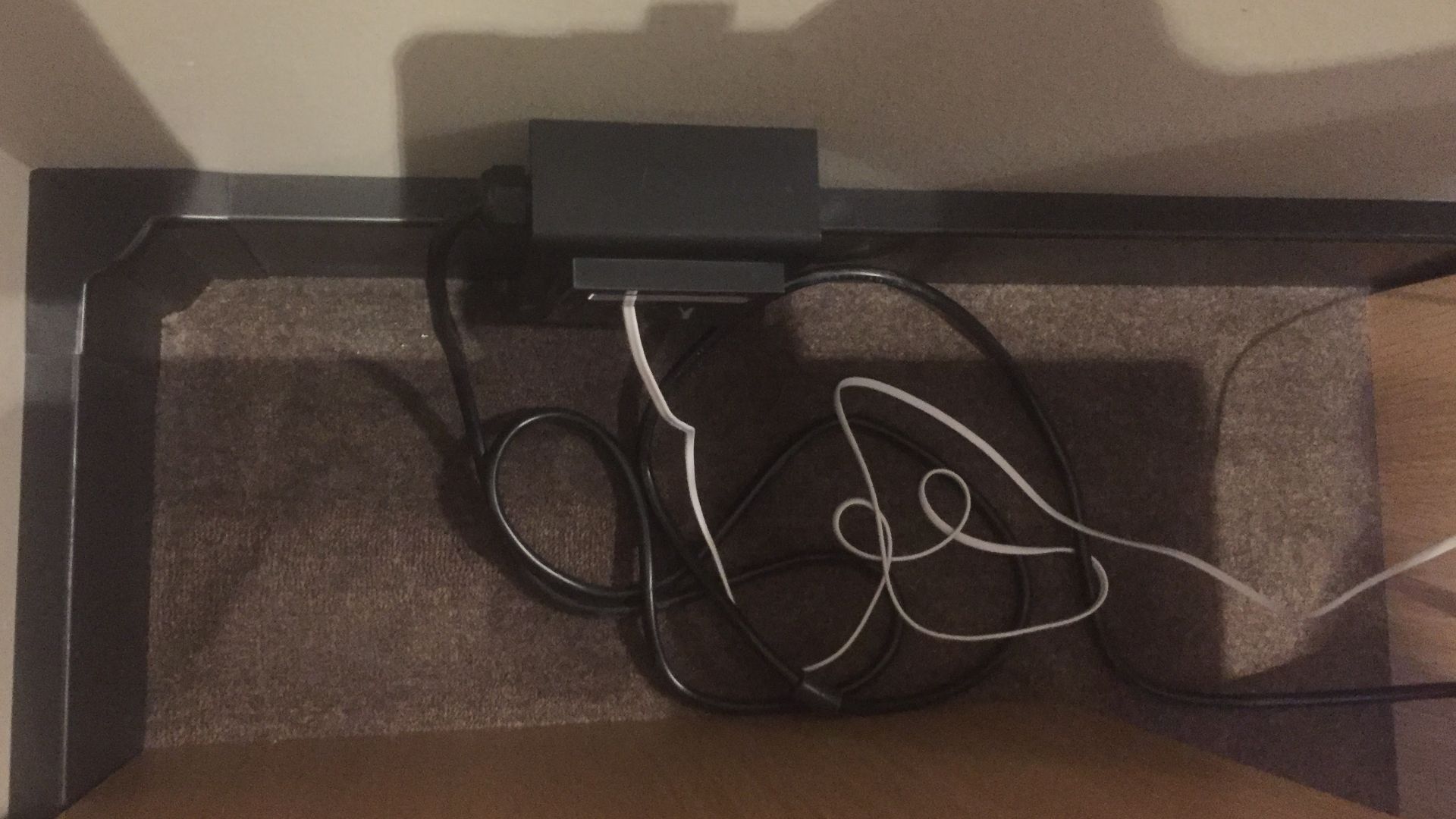 FlippyFlink, Wikimedia Commons
FlippyFlink, Wikimedia Commons
Faux Leather Items
Resale interest drops quickly when brand tags are illegible or missing. Estate sale jackets and bags made from synthetic materials often show flaking seams or faded surfaces. Faux leather cracks as it ages, and once peeling begins, restoration becomes nearly impossible due to permanent surface breakdown.
Exercise Equipment
Estate sale fitness machines often sit unused for years. Treadmills or ellipticals may exhibit rust on joints or display issues. Buyers face high transport costs and uncertain repairs. Even newer units depreciate quickly unless they are properly maintained and sold with complete documentation.
Worn Linens
Buyers often pass on opened or mismatched sets, as it is challenging to guarantee quality and completeness. Fraying edges and shrunken dimensions reveal long use. Without vintage tags or handcrafted detail, linens like sheets and pillowcases rarely attract attention at estate sales.
Old Cleaning Rags Or Sponges
Rags and similar cleaning cloths tend to degrade over time through use. Microfiber loses effectiveness after repeated wash cycles, and sponges harbor bacteria if not sanitized properly. Estate sales rarely include origin or usage history. Buyers avoid these items due to hygiene risks and minimal secondhand value.
Stuffed Animals
Plush toys often absorb allergens and household odors, particularly with age and repeated handling. Missing tags or unclear branding make verification difficult. Even vintage examples attract little interest unless they're confirmed originals from trusted makers like Steiff or Gund, as cleanliness laws limit secondhand resale options.
Incomplete Dish Sets
Estate sales often display odds and ends—stray cups or unmatched plates. These fragments rarely attract interest unless they belong to discontinued patterns by Lenox or Wedgwood. Without full-service sets or maker marks, their resale value and appeal remain low.
Textbooks And Workbooks
Digital formats now dominate classroom use, which pushes older textbooks into obscurity. Frequent edition changes mean previous versions quickly lose relevance. Most estate sale finds lack resale value unless they're rare printings or historical editions, so they often end up discarded or donated by default.
Expired Pantry Goods
Occasionally, estate sales include kitchen staples—cans or boxed goods long past their sell-by dates. Even if unopened, oils go rancid, and grains attract pests. Most sales prohibit the resale of food, and buyers avoid these items due to obvious safety and health concerns.
Mass-Produced Prints
Framed prints with barcodes or laminated surfaces are often mistaken for original artwork. Close inspection usually reveals pixelation or mechanical brush strokes. These items, mass-produced for retail, have low resale value, even when the frames appear to be of high quality or mimic the style of listed artists.
Fake Plants
Plastic and silk plants from past decades often display brittle stems and dated designs. Dust clings easily, and long-term exposure to sunlight fades their color. Estate sale buyers typically avoid them, as newer faux versions and live plants offer better aesthetics for a similar or lower cost.
Obsolete Electronics
Printers and scanners from the early 2000s often rely on discontinued cartridges and outdated drivers. Manufacturers phase out support, and operating systems no longer recognize the devices. Estate sales may offer them at a low price, but their practical use and resale value are nearly nonexistent.
Burned CDs and DVDs
Most resale platforms ban burned CDs and DVDs since copyright violations are common and content is rarely licensed. Physical flaws, such as scratches or peeling labels, further reduce reliability. Within a decade, disc rot and data loss often render them unreadable, which eliminates their usefulness and resale potential.
Tupperware Knockoffs
Unbranded food storage containers from decades past often lack BPA-free labeling or heat-safe certification. Warped lids and stained interiors reduce usefulness. Without matching sets or known brand value, these items hold no appeal for buyers and often become clutter in secondhand markets.
Old VHS Tapes
Despite myths about their resale value, most VHS tapes rarely sell for more than a few dollars. Disney's "Black Diamond" editions, often considered valuable, typically sell for under $10. Only rare horror titles or out-of-print films attract serious collector interest.
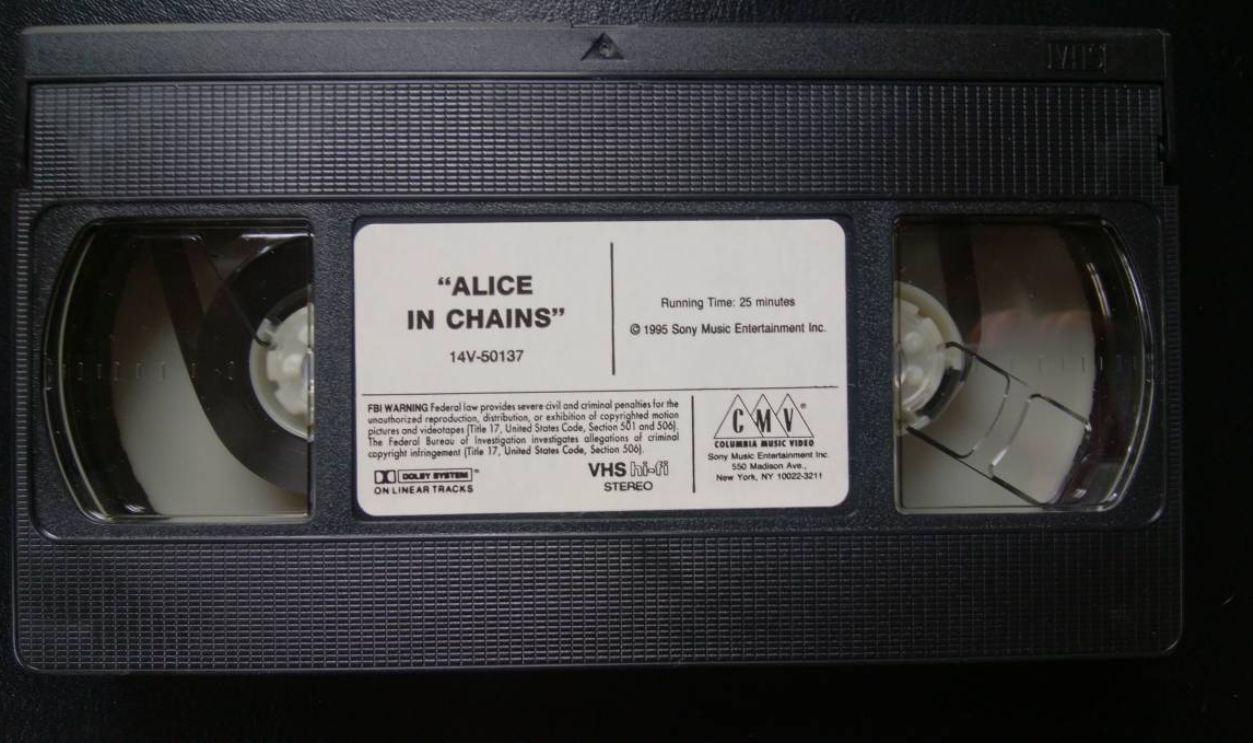 Columbia Music Video, Wikimedia Commons
Columbia Music Video, Wikimedia Commons
Non-Stick Cookware
Cookware manufactured before 2015 may contain PFOA, a chemical that has been phased out due to health concerns. When non-stick surfaces flake or scratch, they can release harmful particles into the air. Estate sale buyers often ignore these pans, as interior wear isn't always visible during inspection.
Used Makeup And Perfume
Beauty products degrade silently. Opened containers can harbor bacteria and perfumes lose their original scent profile as alcohols evaporate. FDA guidance discourages secondhand cosmetic sales. Most items also lack visible expiration dates, which makes their condition difficult to assess and poses a risk for skin contact.
Plastic Toys
Child safety regulations reduce the demand for older plastic toys, especially those with brittle joints or sharp edges. Unless linked to rare lines, such as early Star Wars releases, resale interest is generally low. Most show wear through missing parts and outdated materials that fail modern standards.
Unlabeled Cleaning Supplies
Spray bottles and open containers without labels present clear hazards. Chemical formulas degrade, and without identification, mixing residues can trigger dangerous reactions. Regulations in many states restrict the resale of these items. Disposing of them responsibly is safer than repurposing potentially unstable substances.
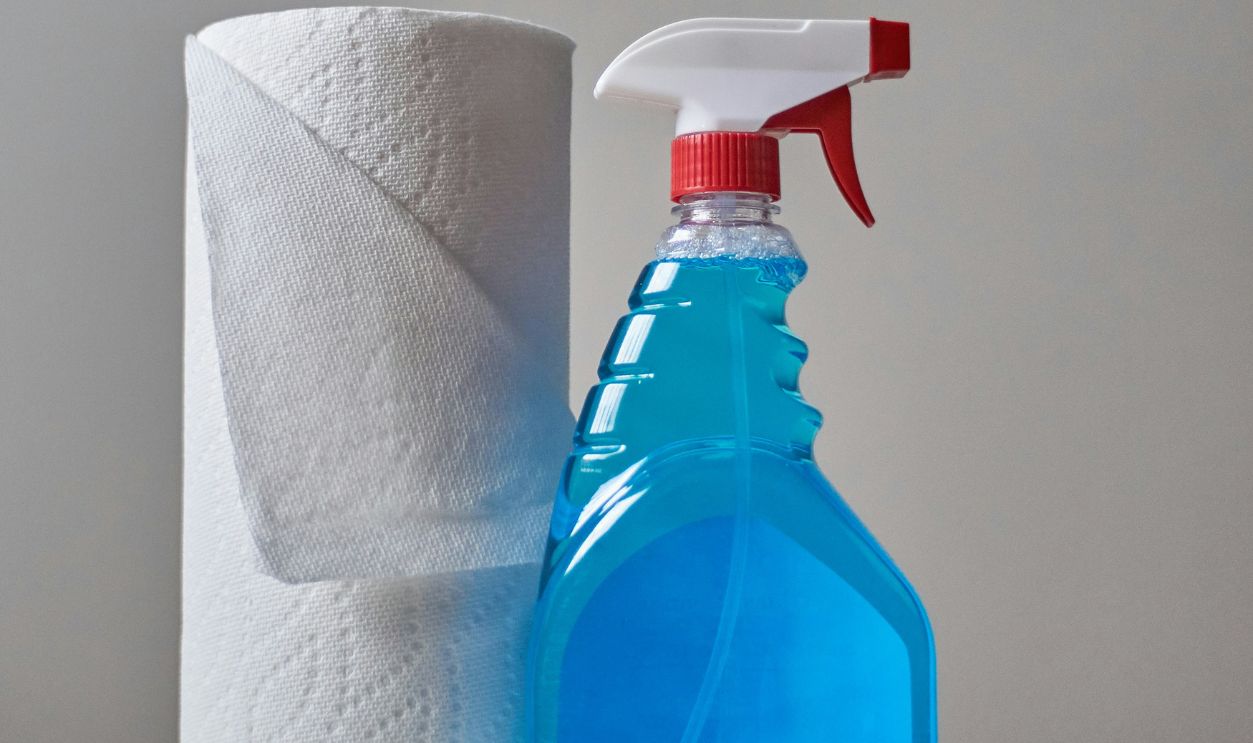 Crystal de Passillé-Chabot, Unsplash
Crystal de Passillé-Chabot, Unsplash

